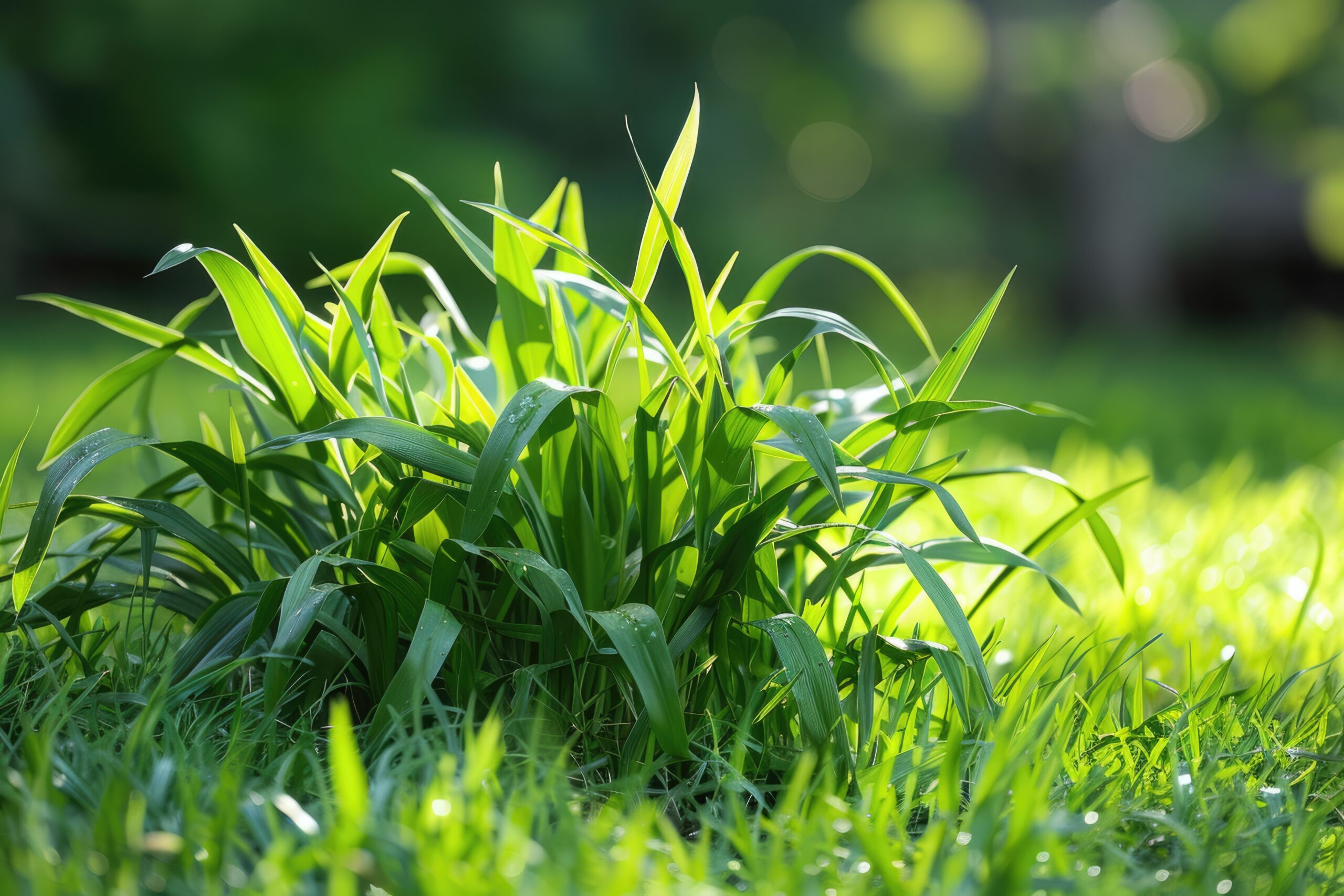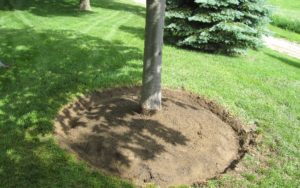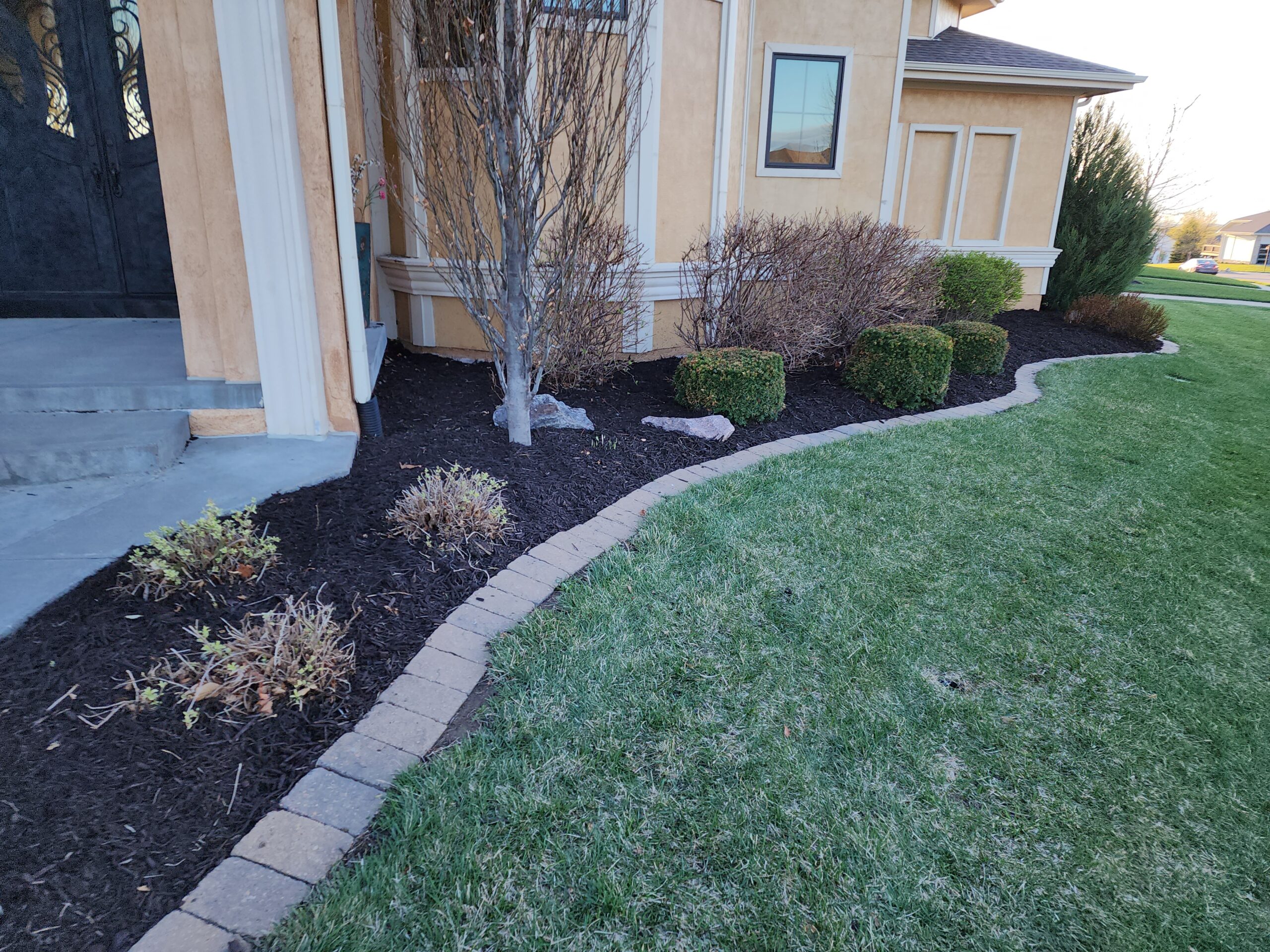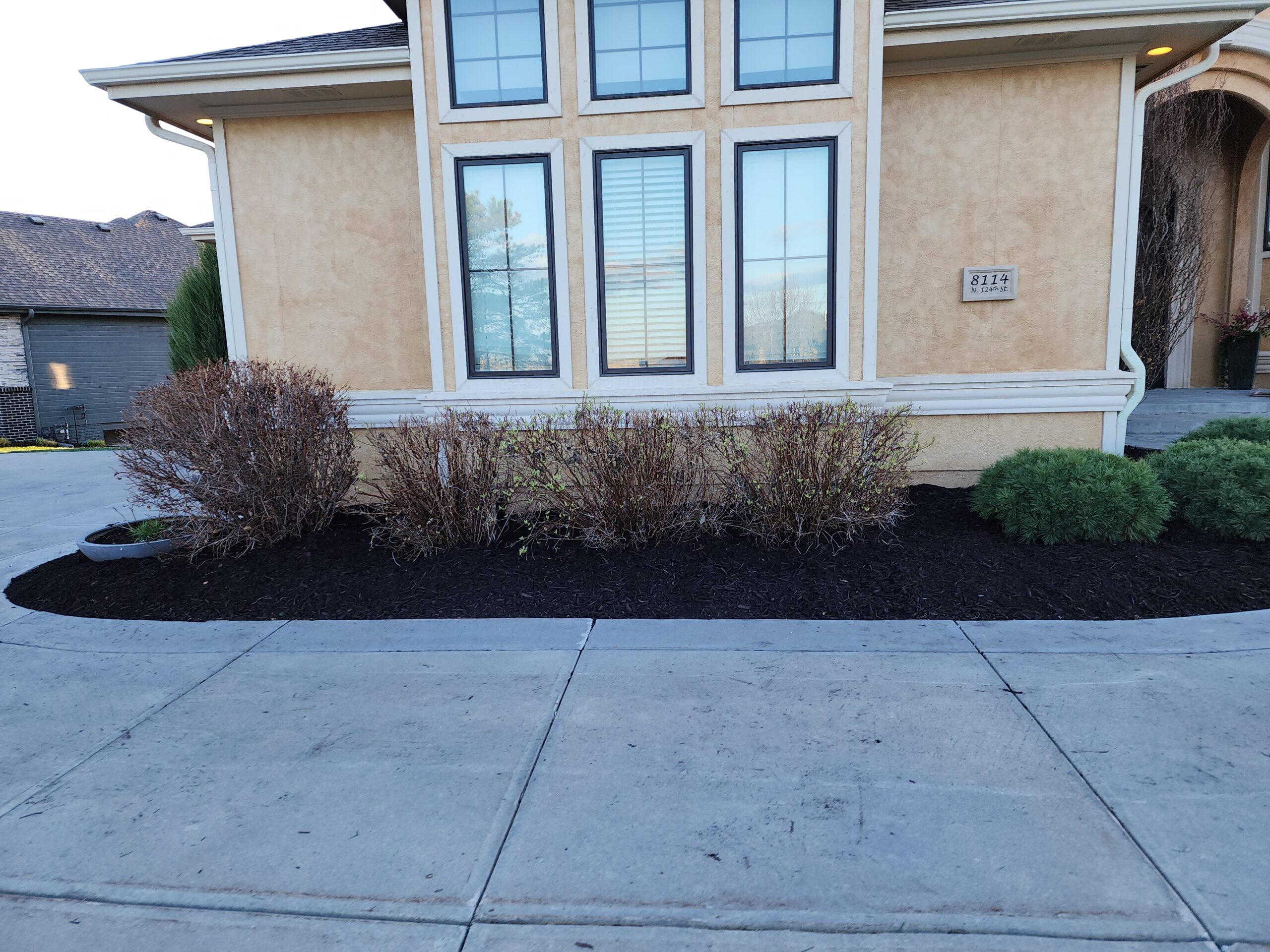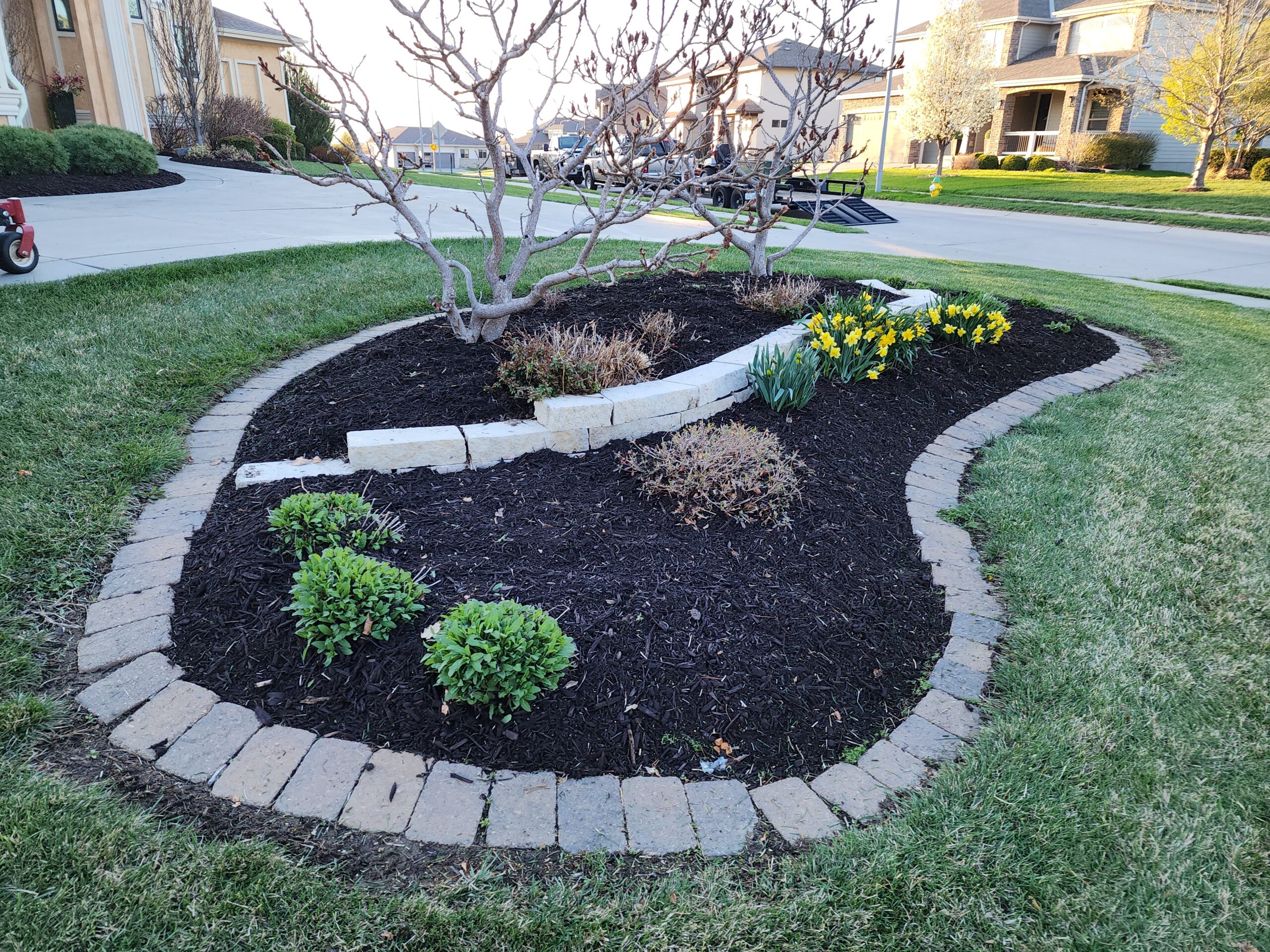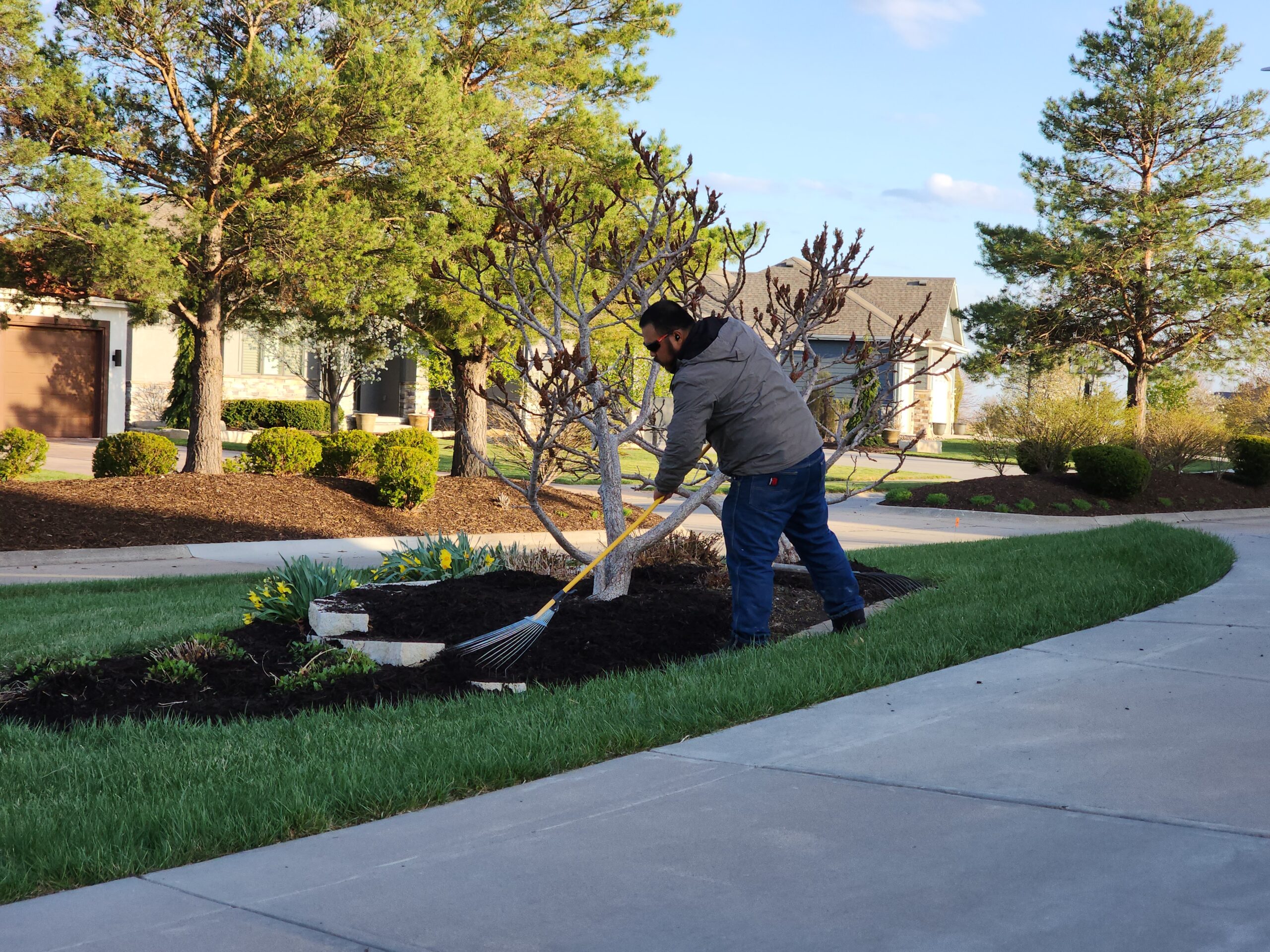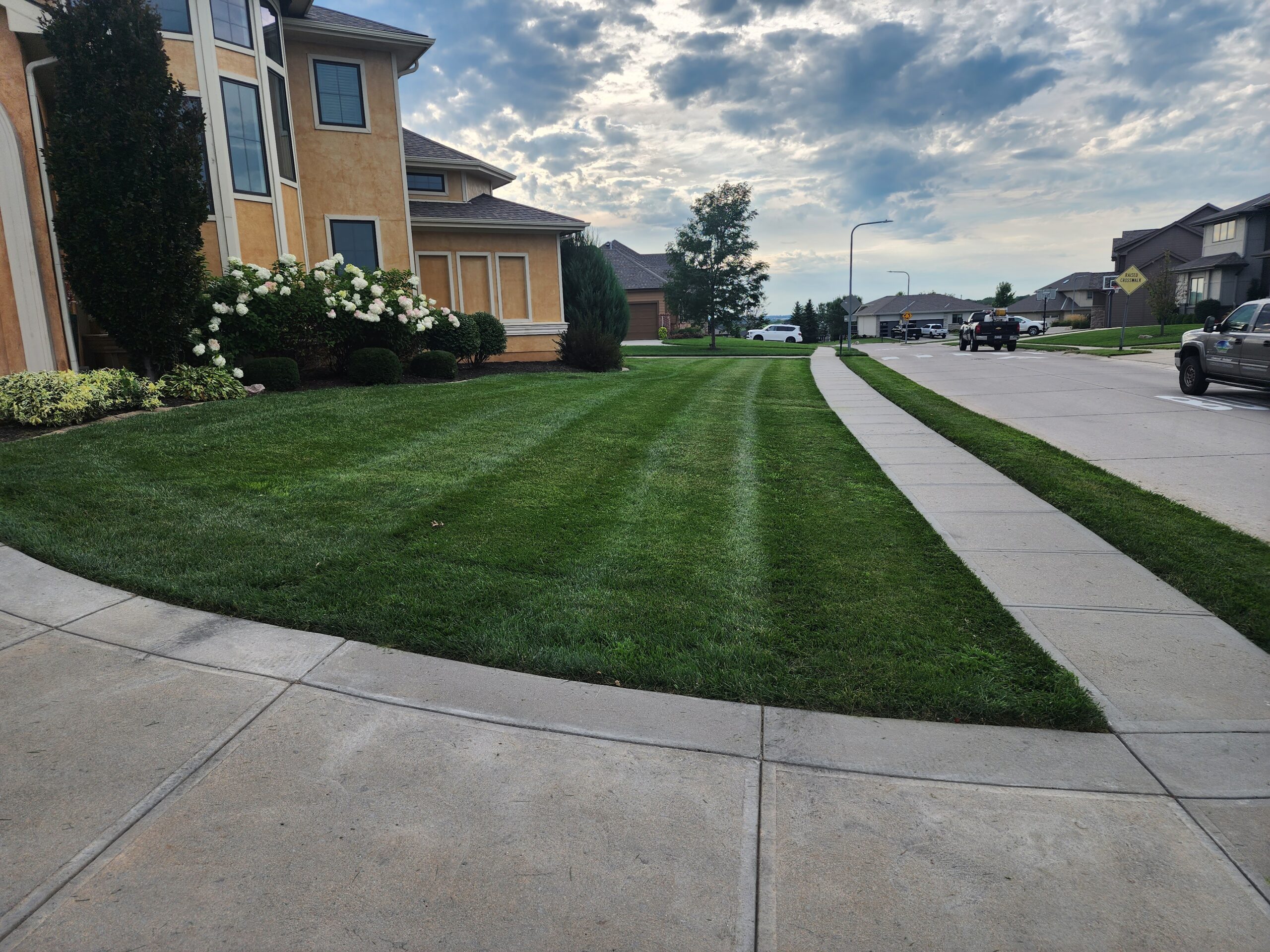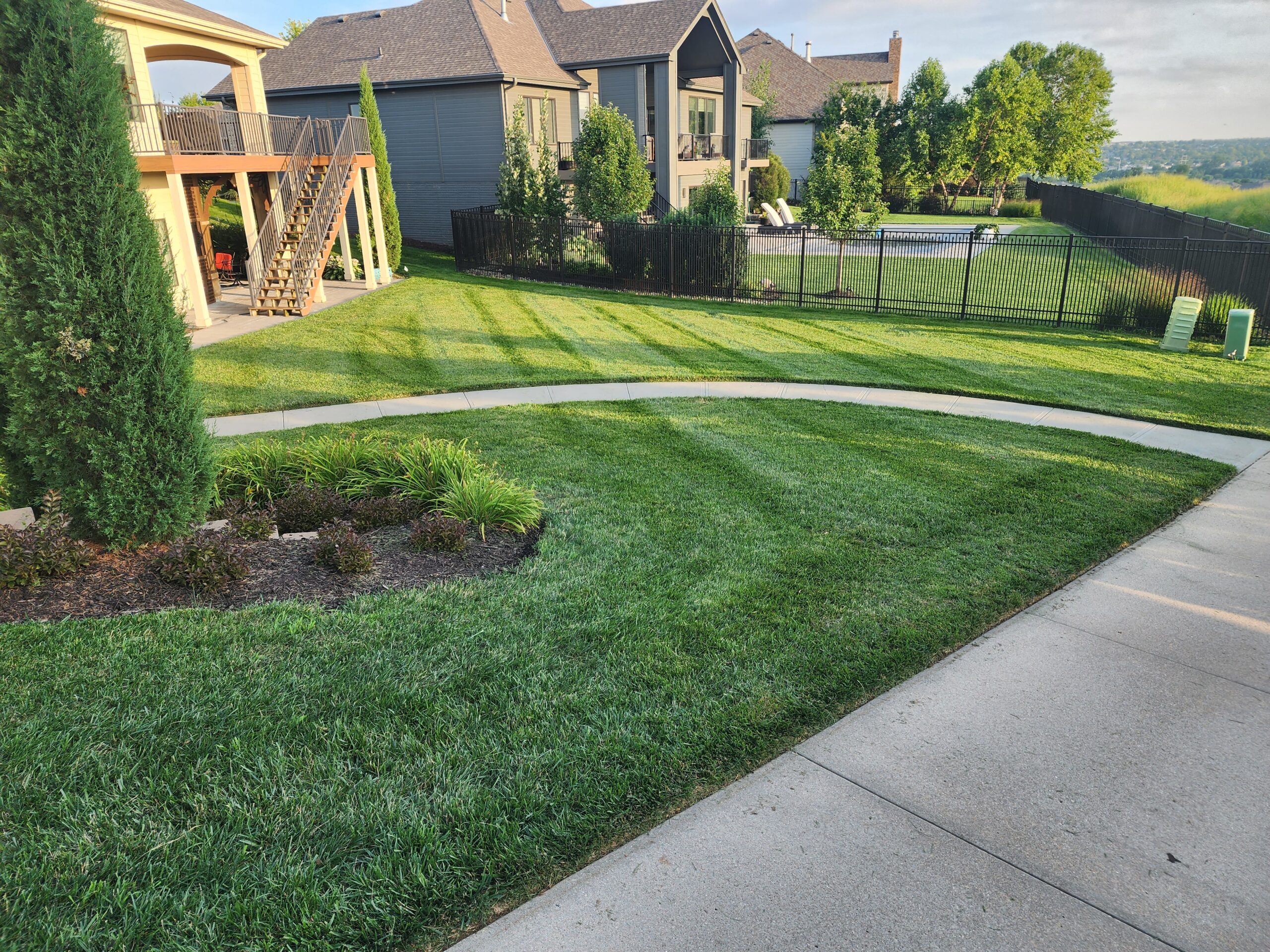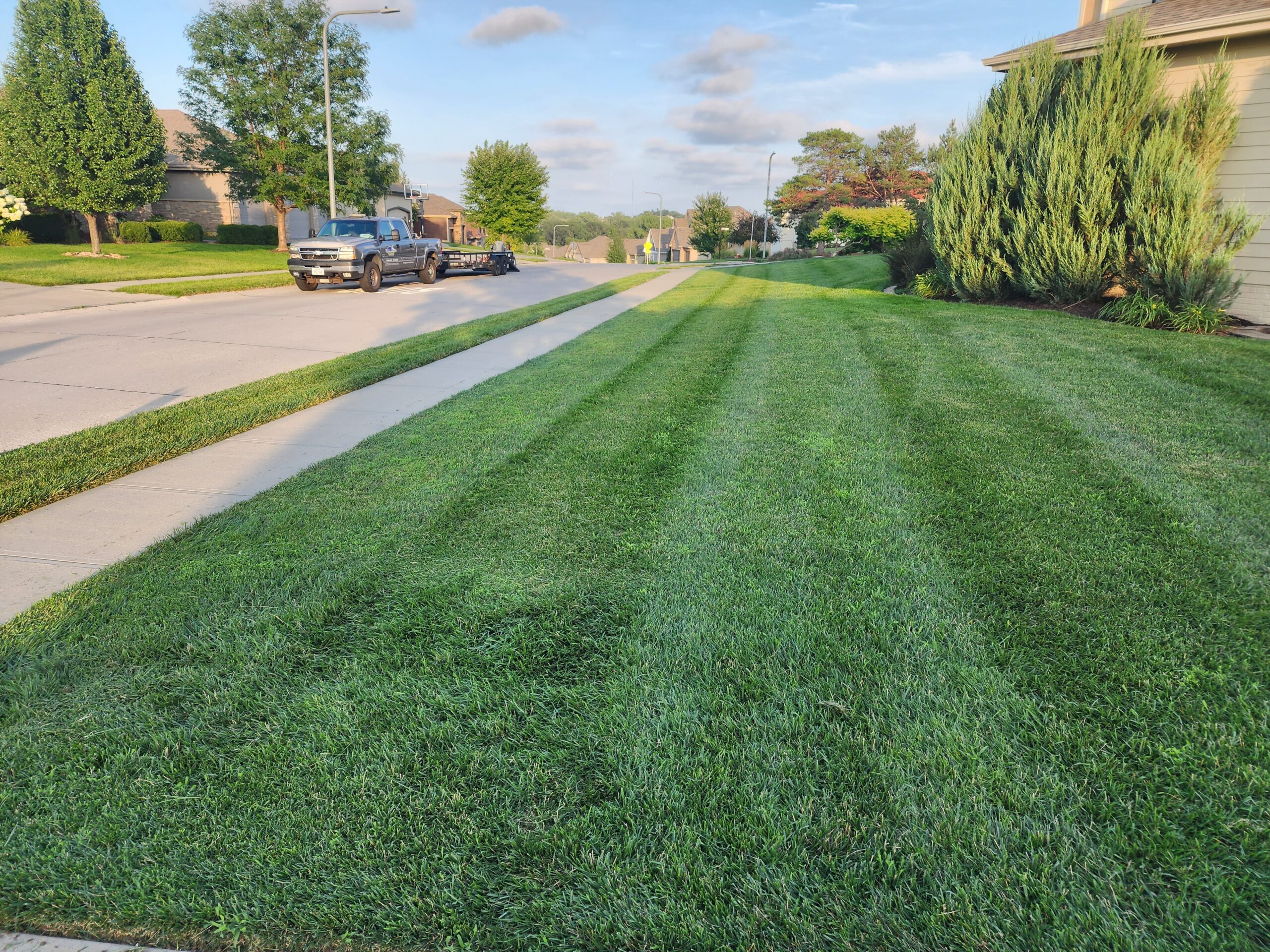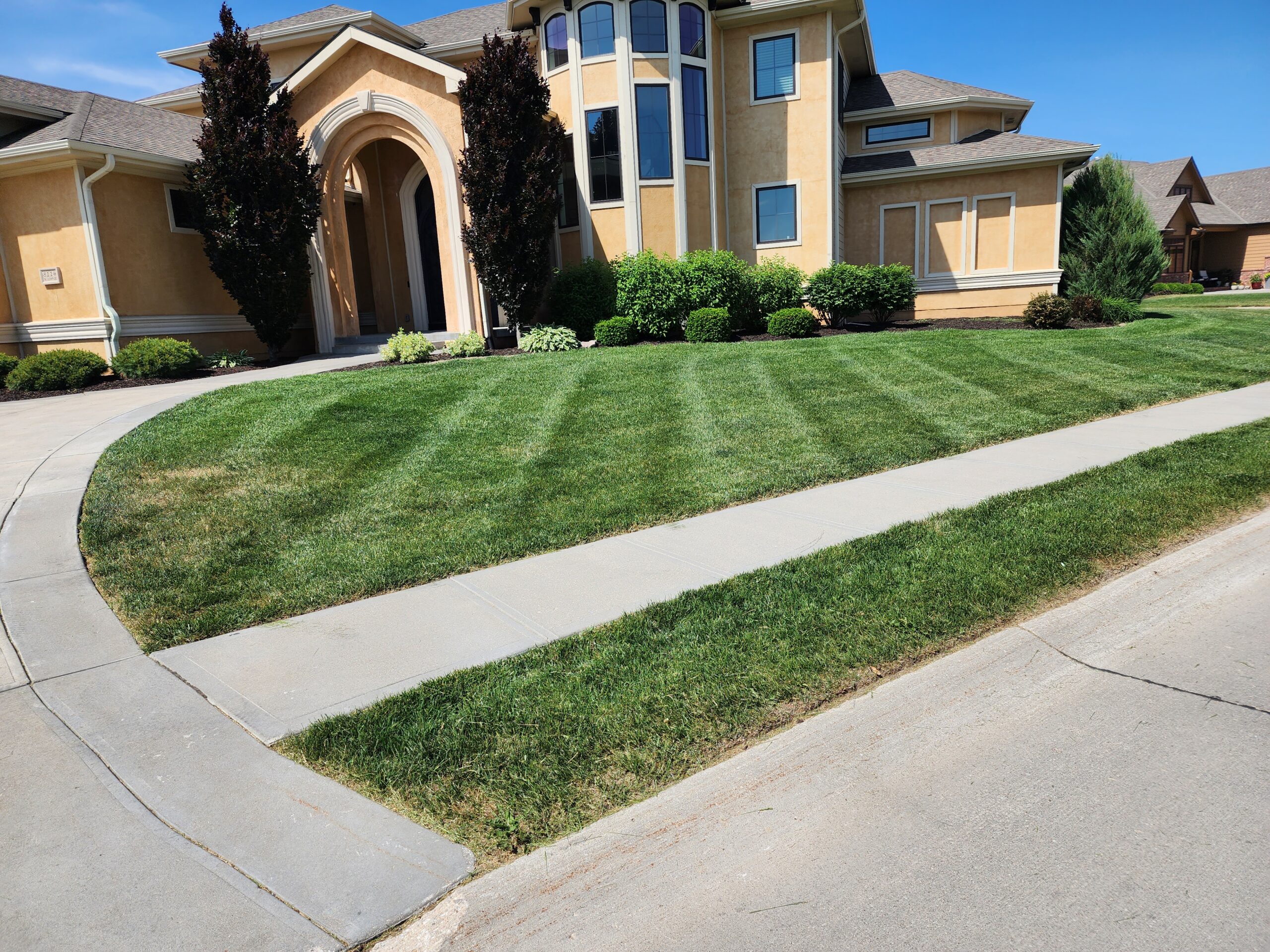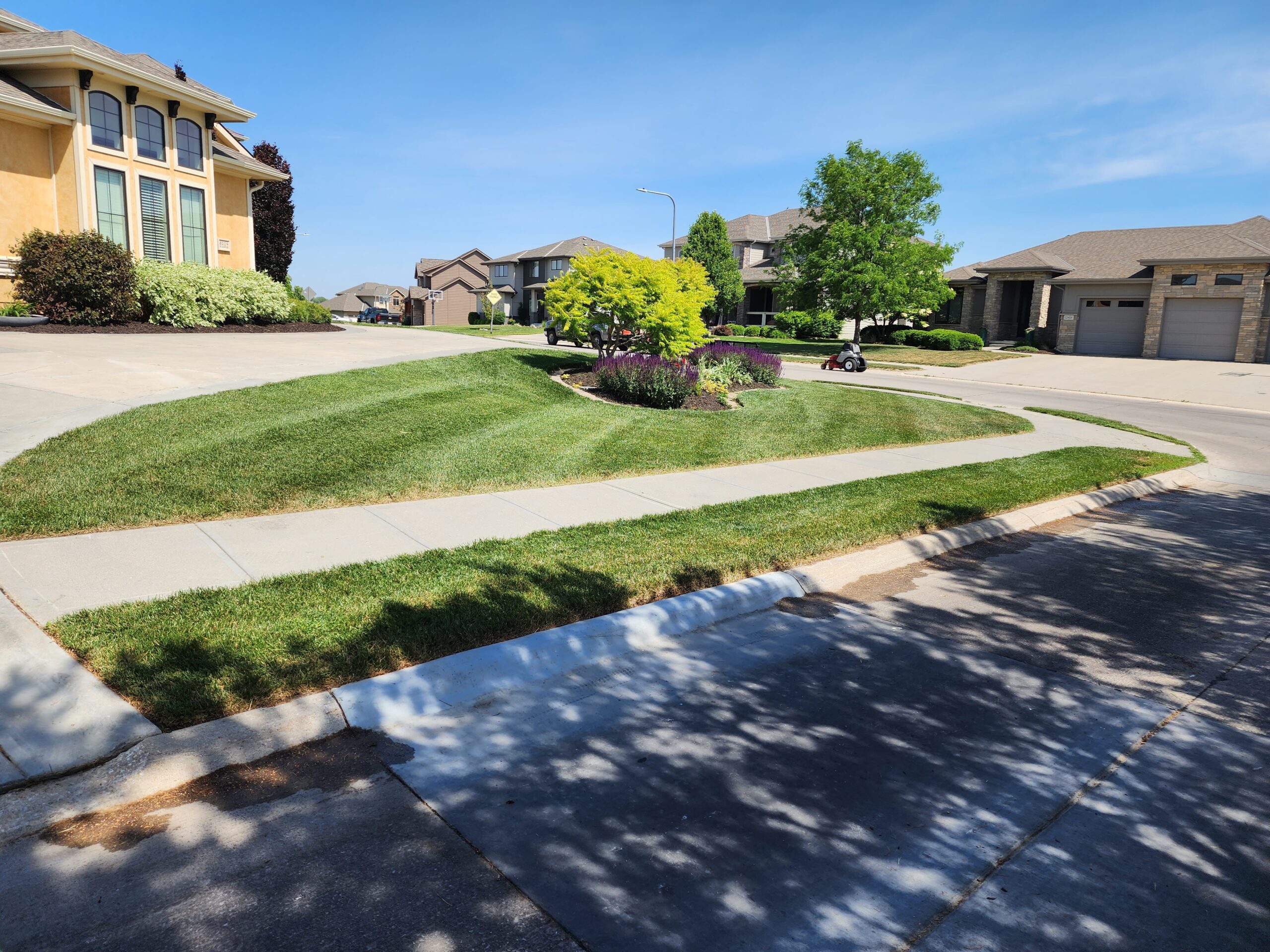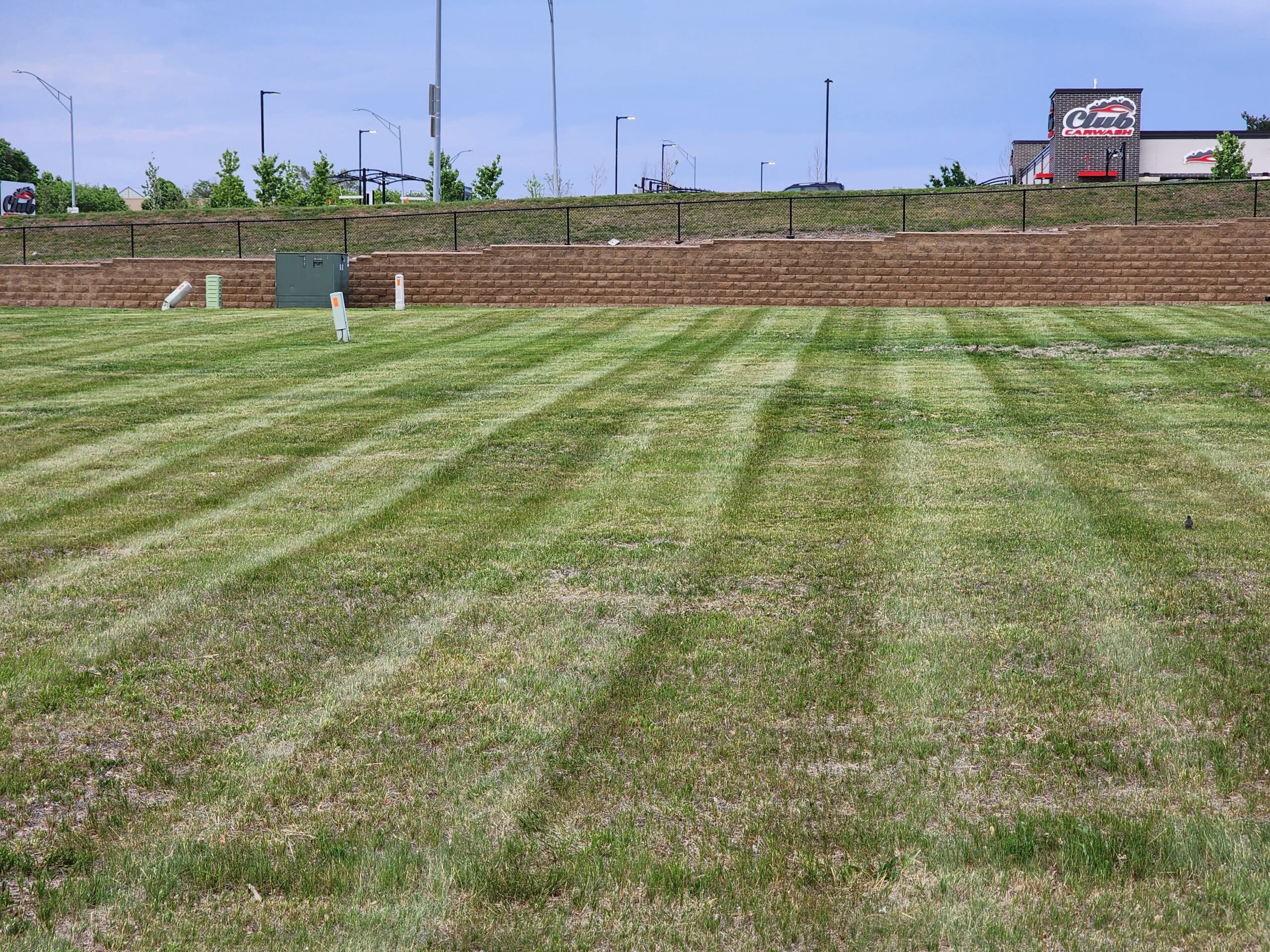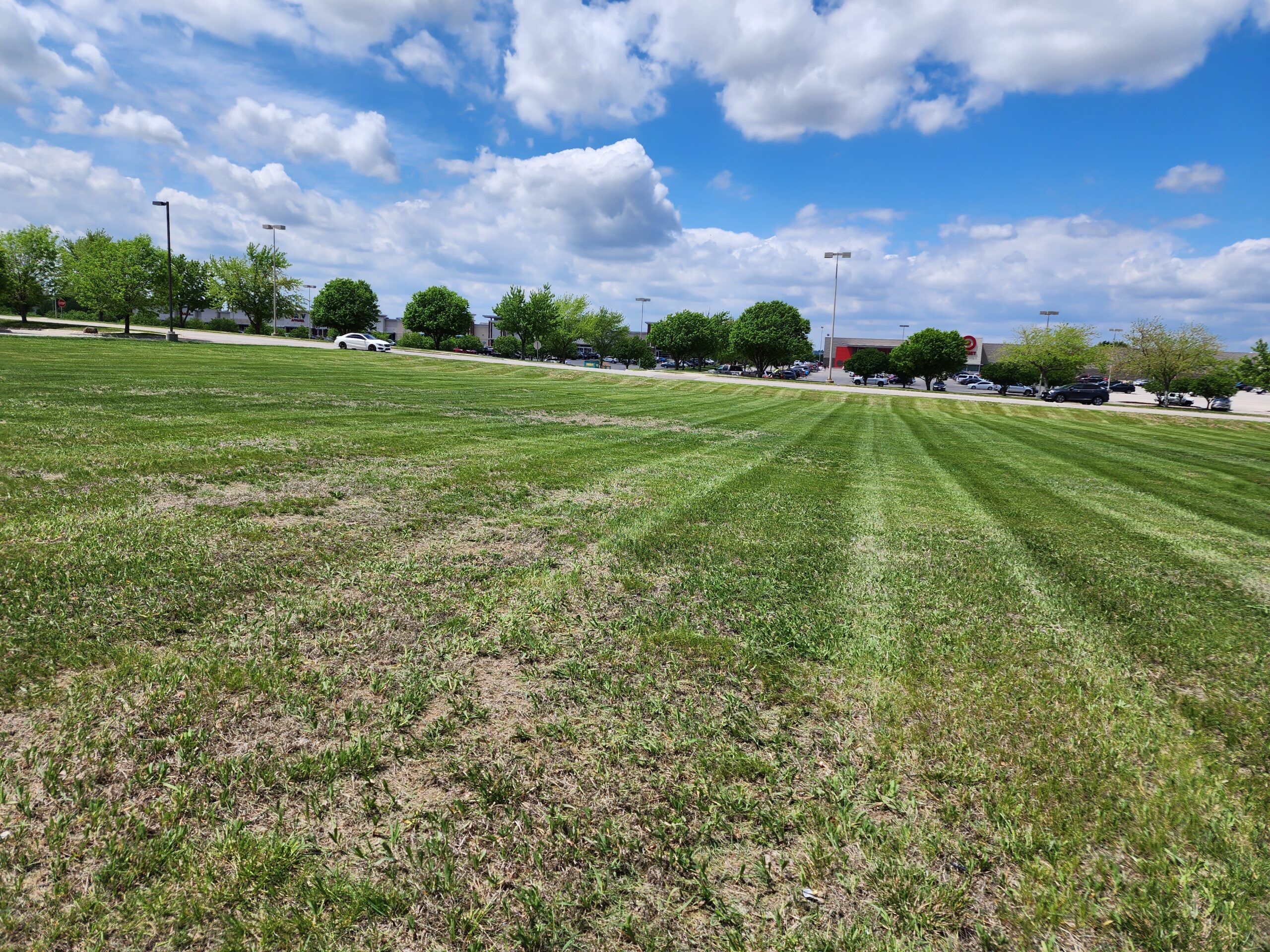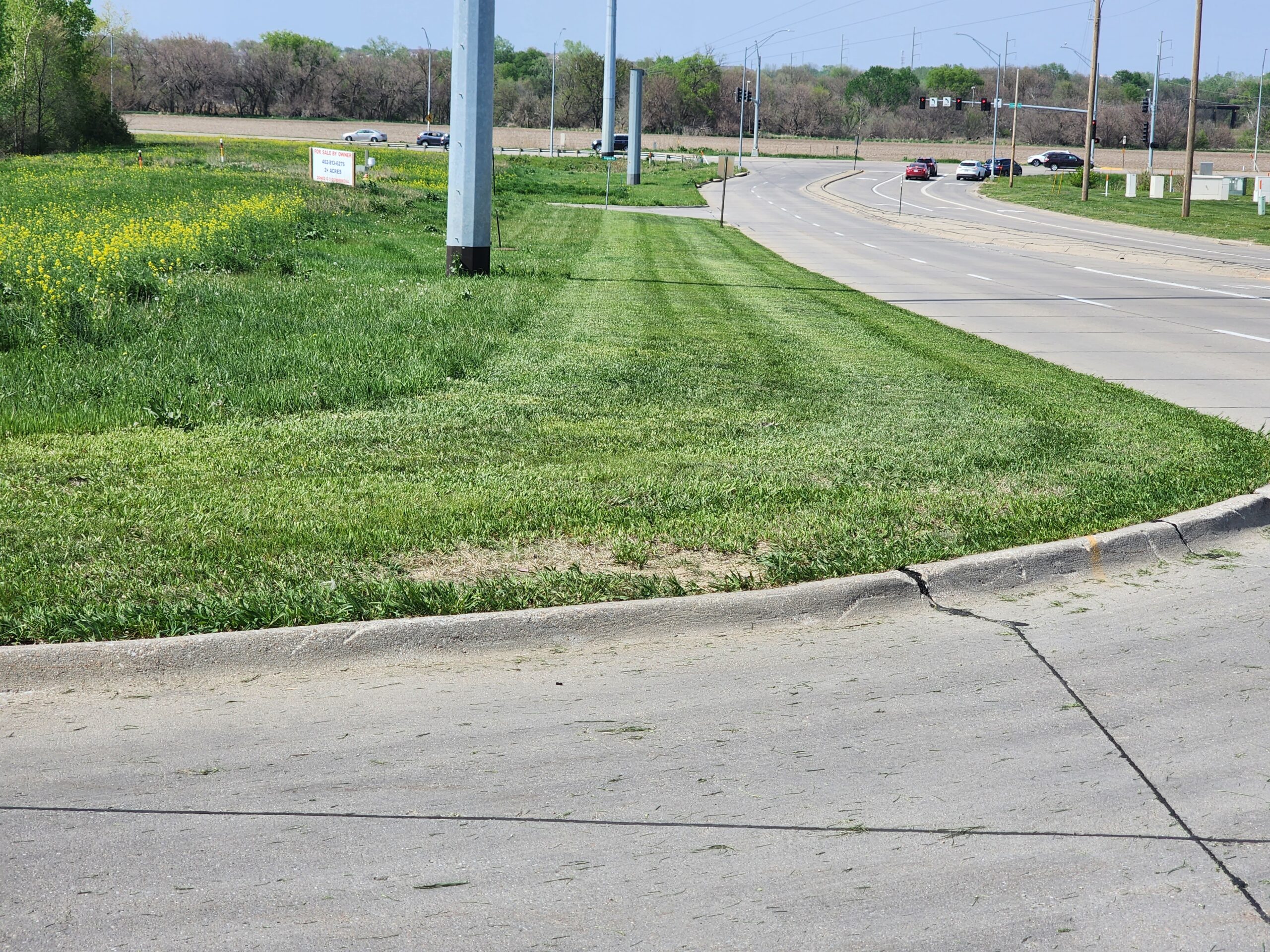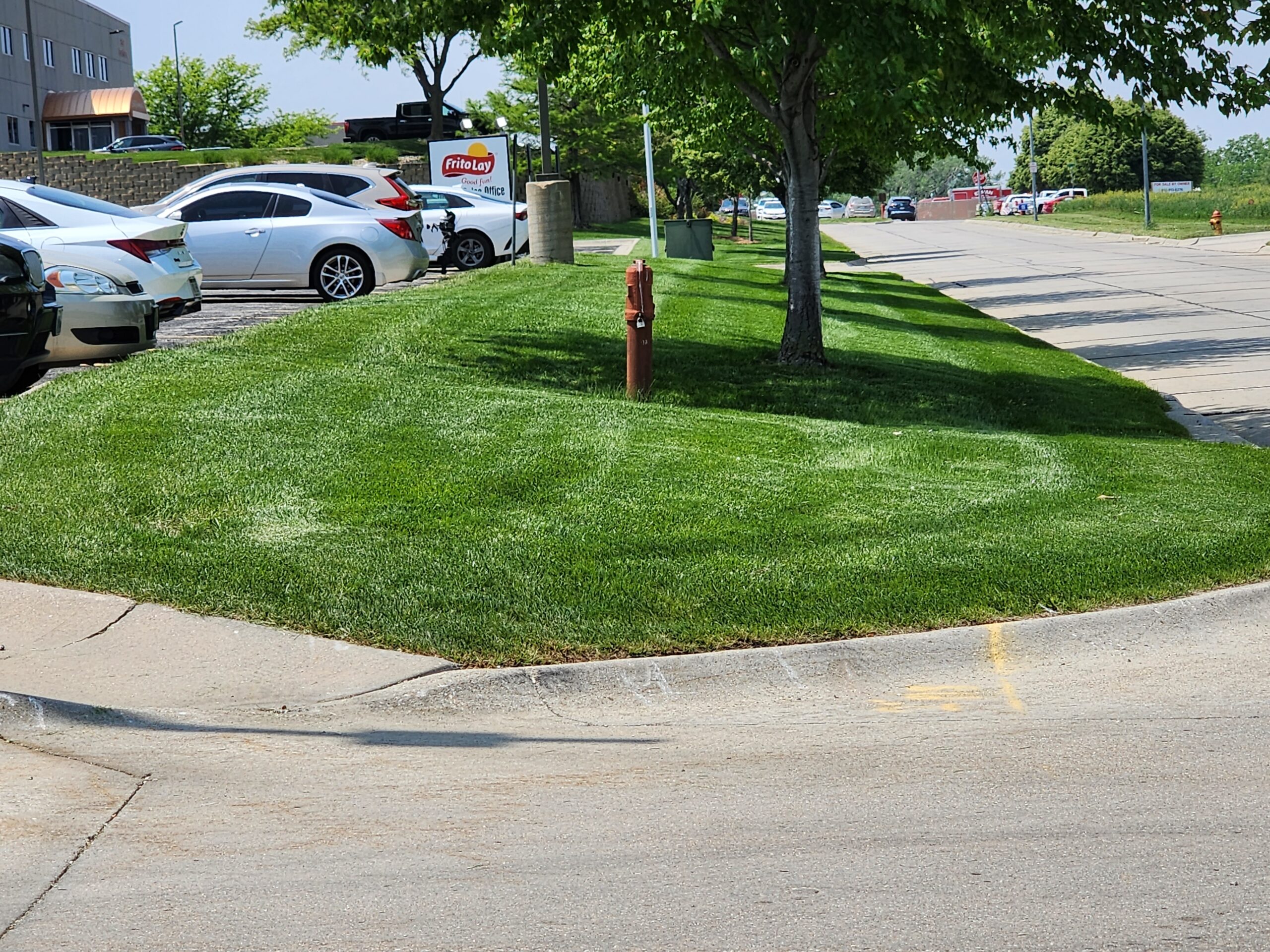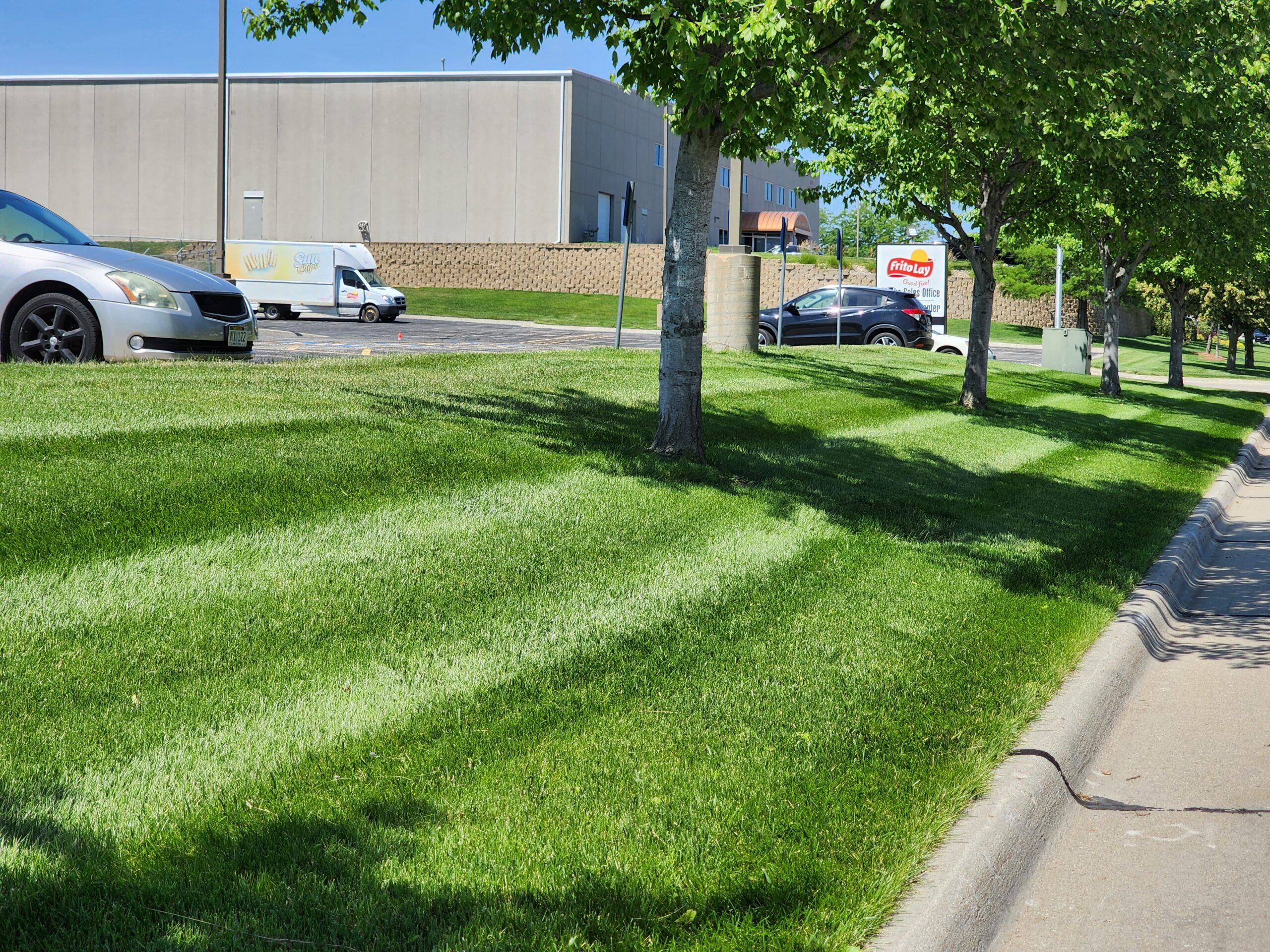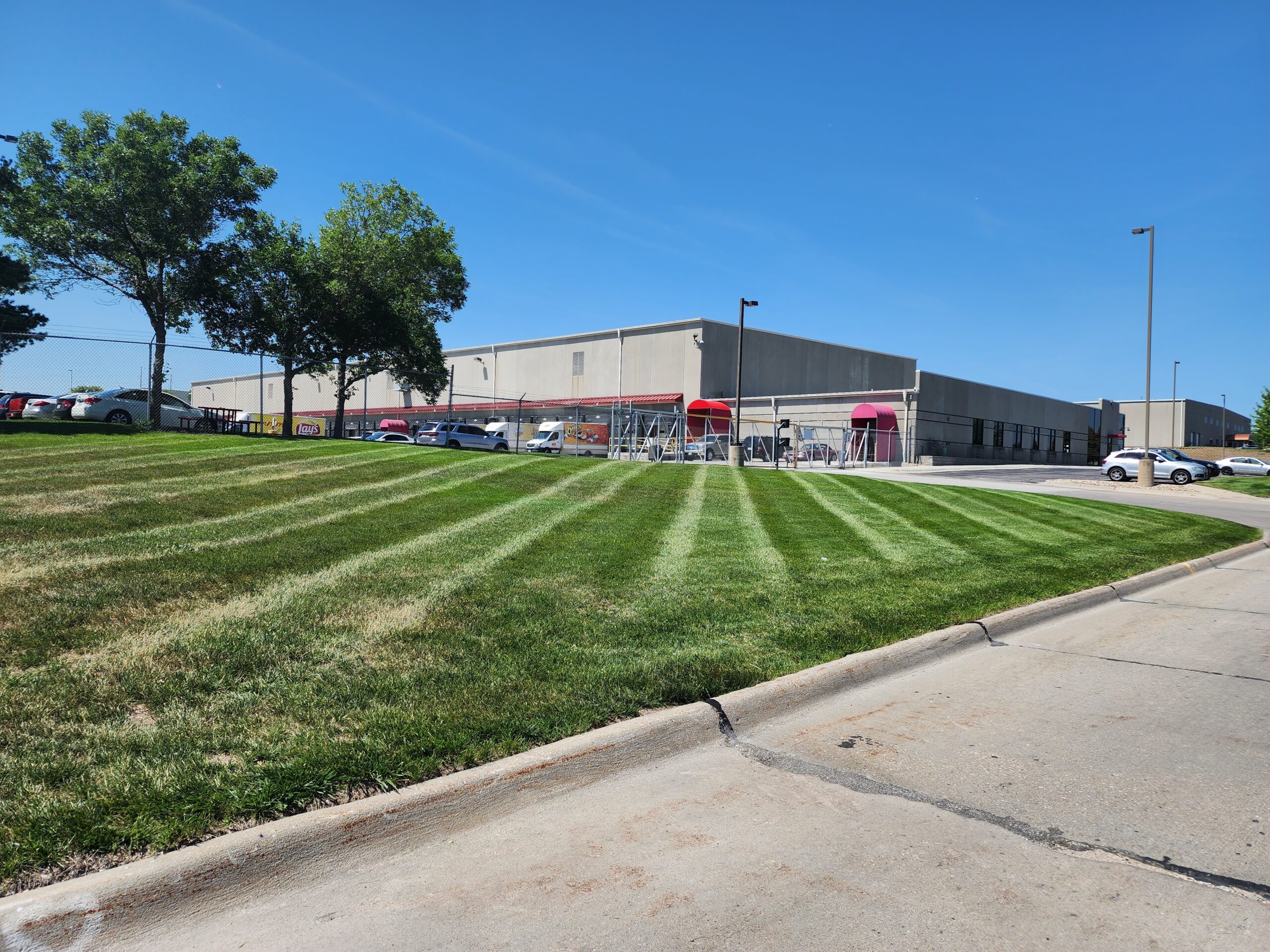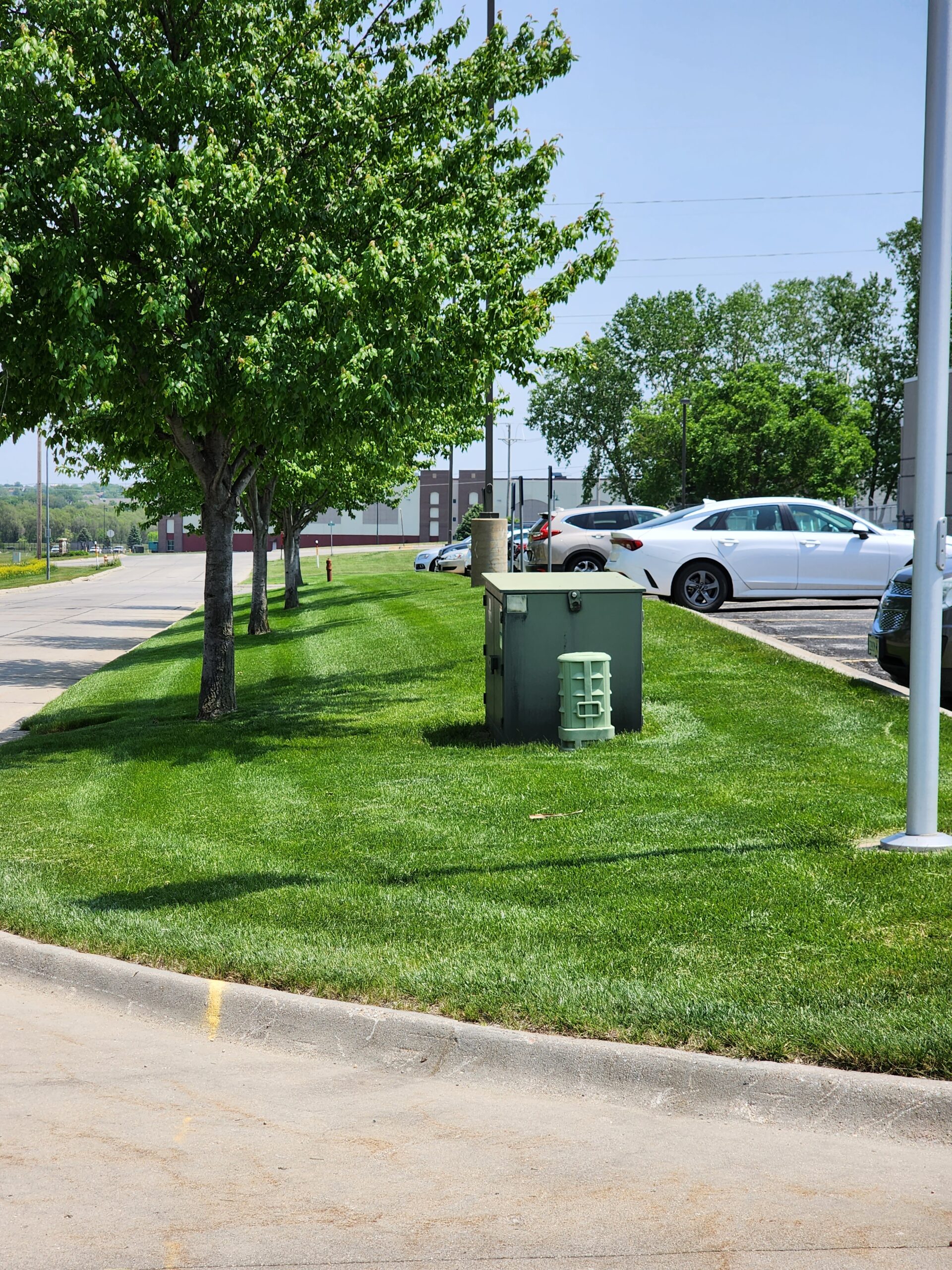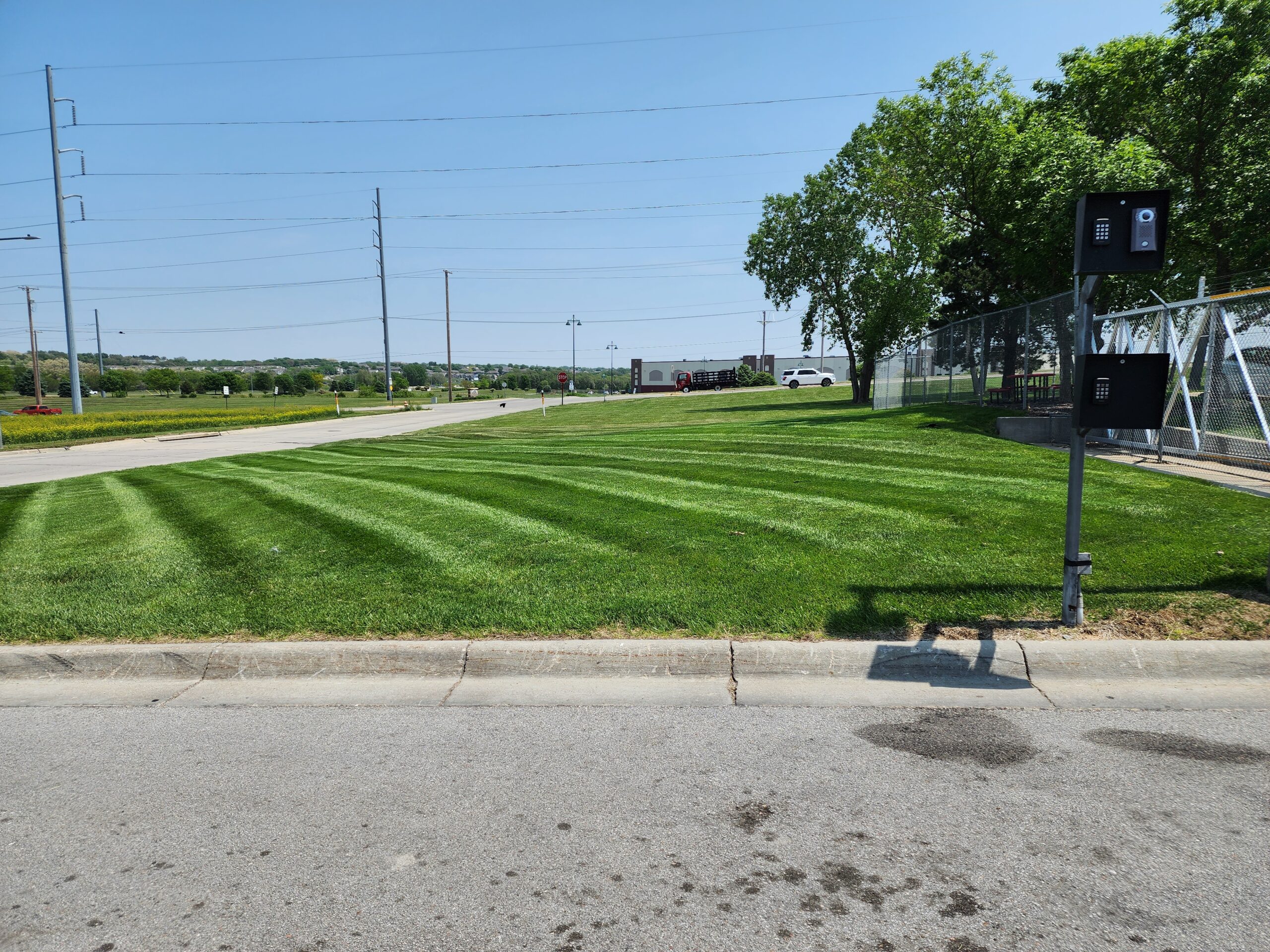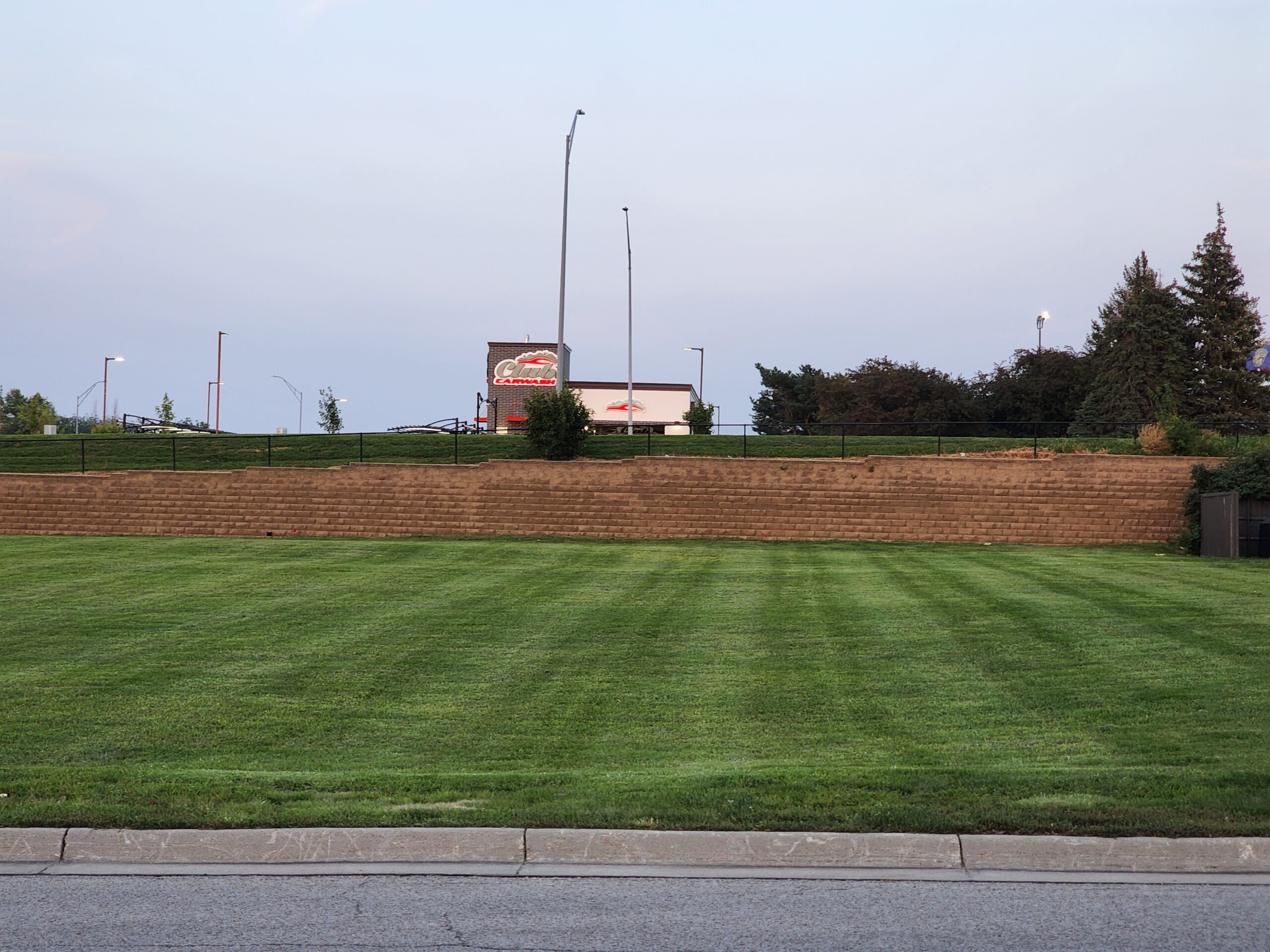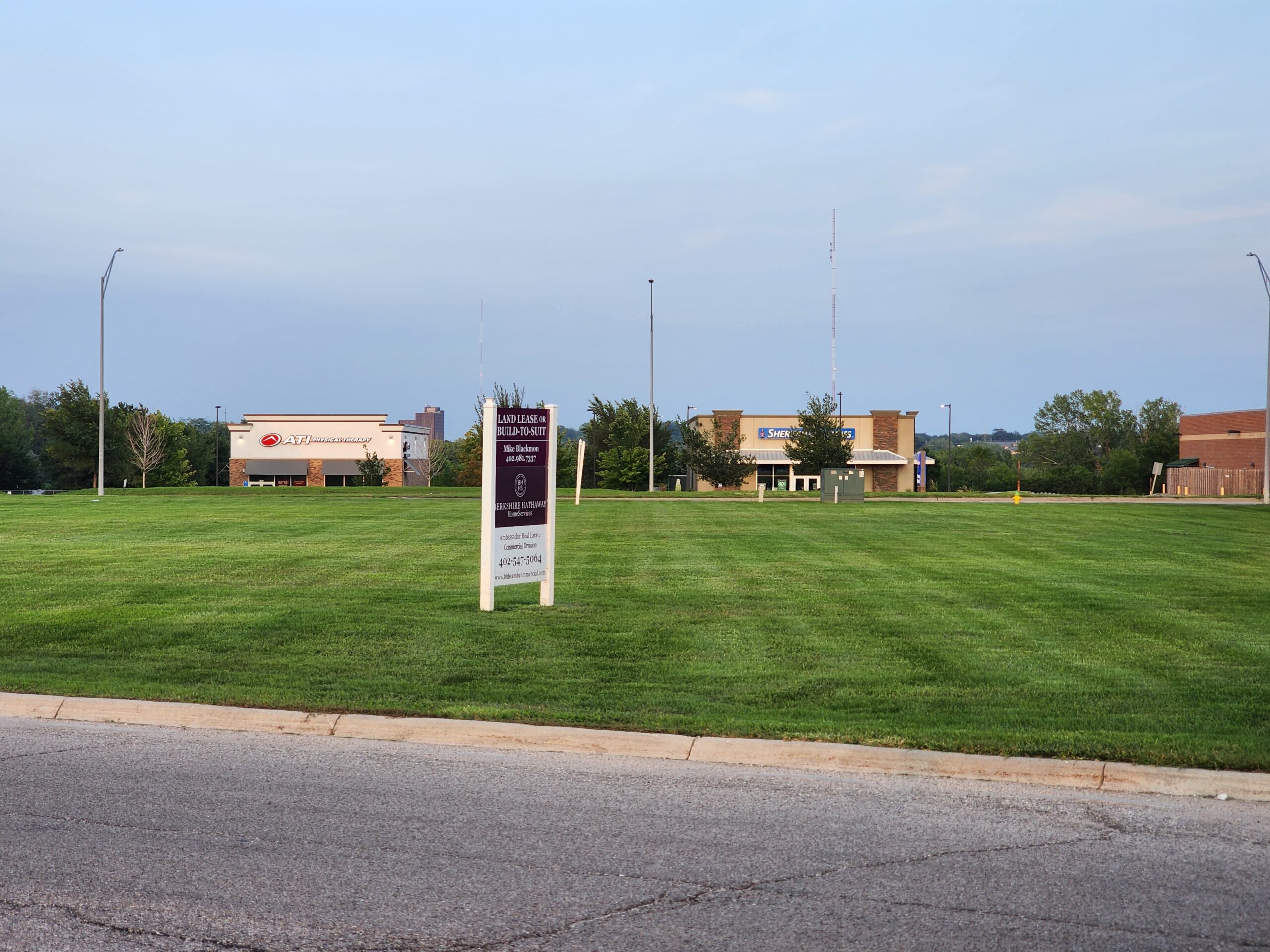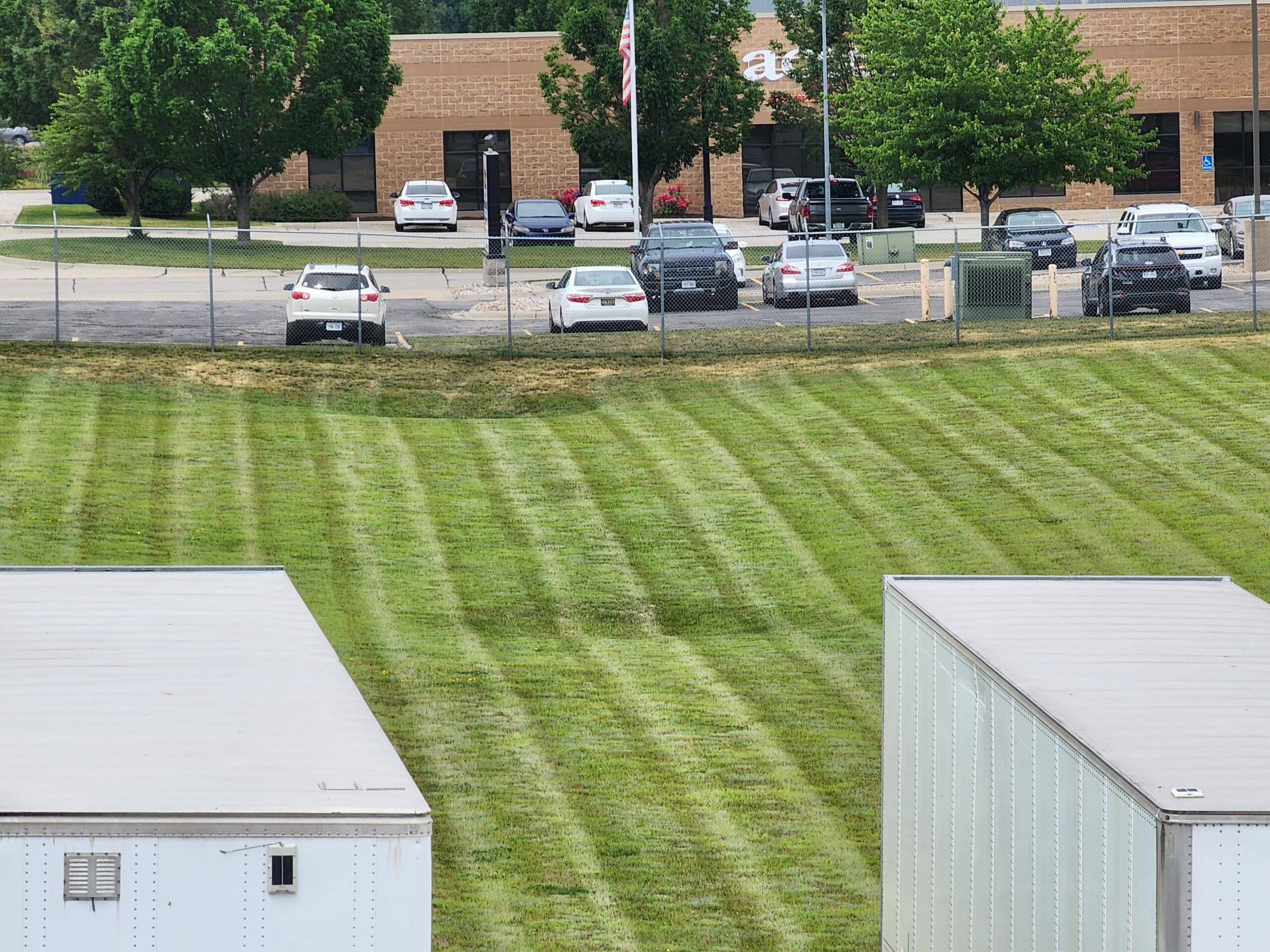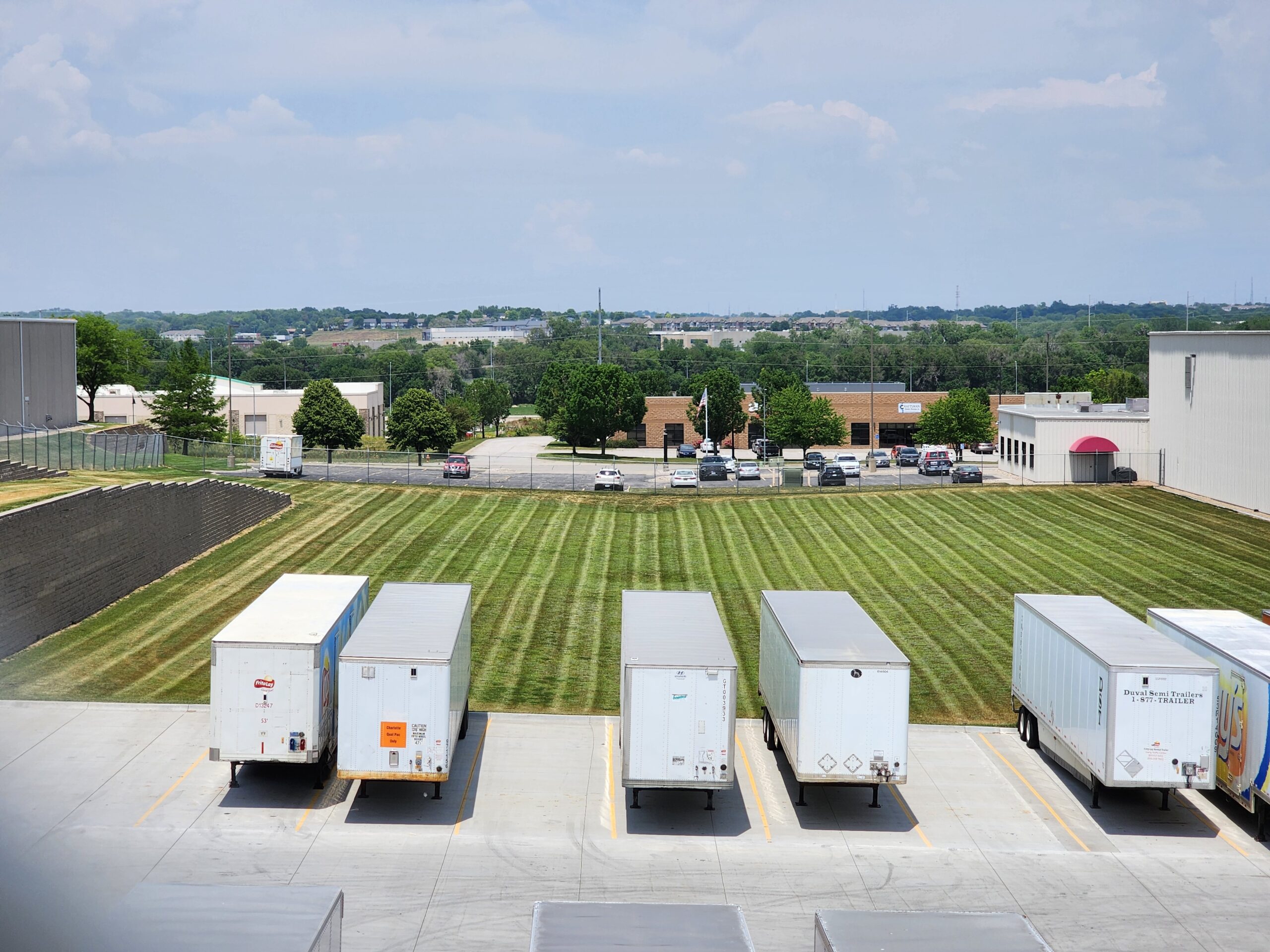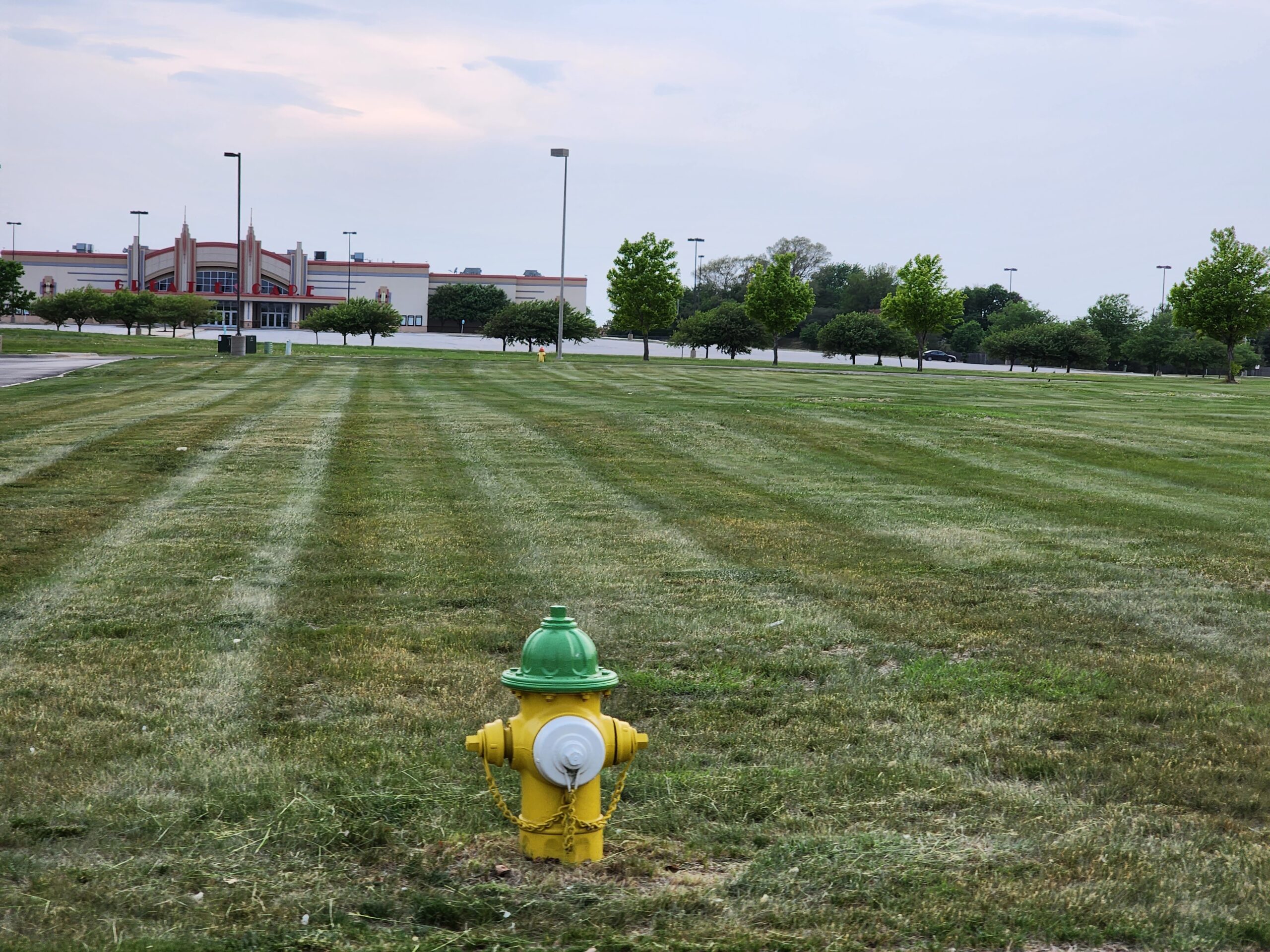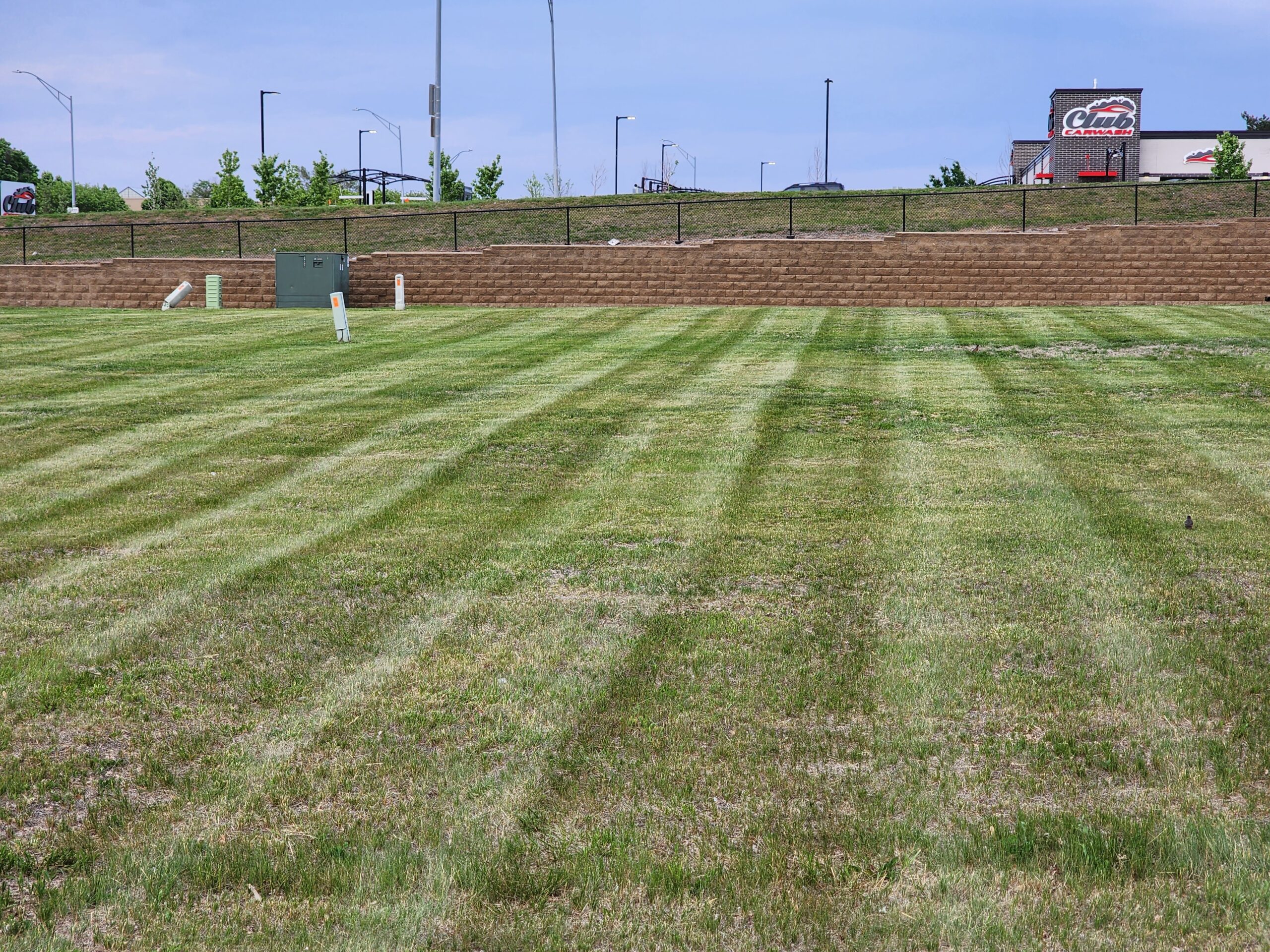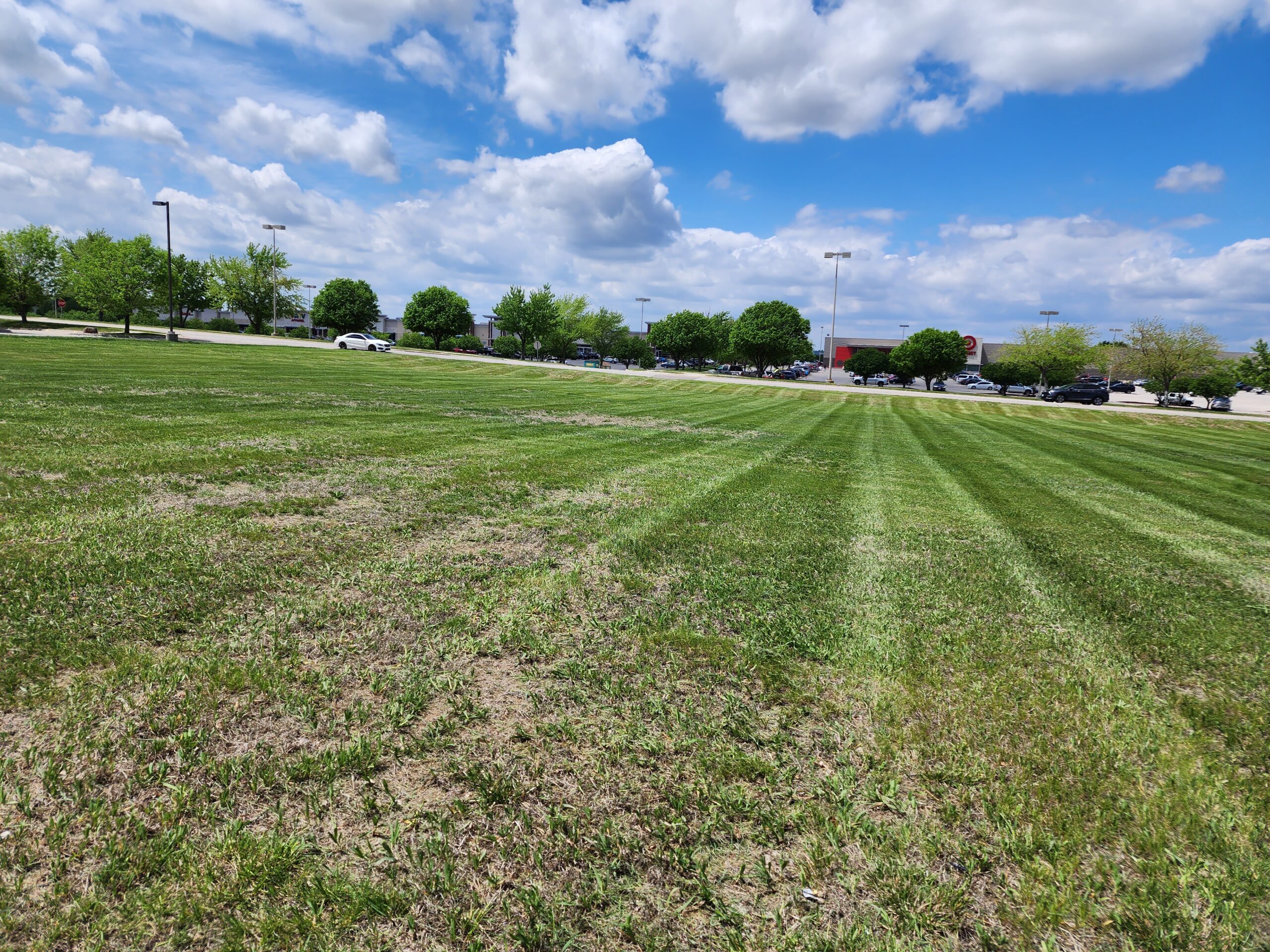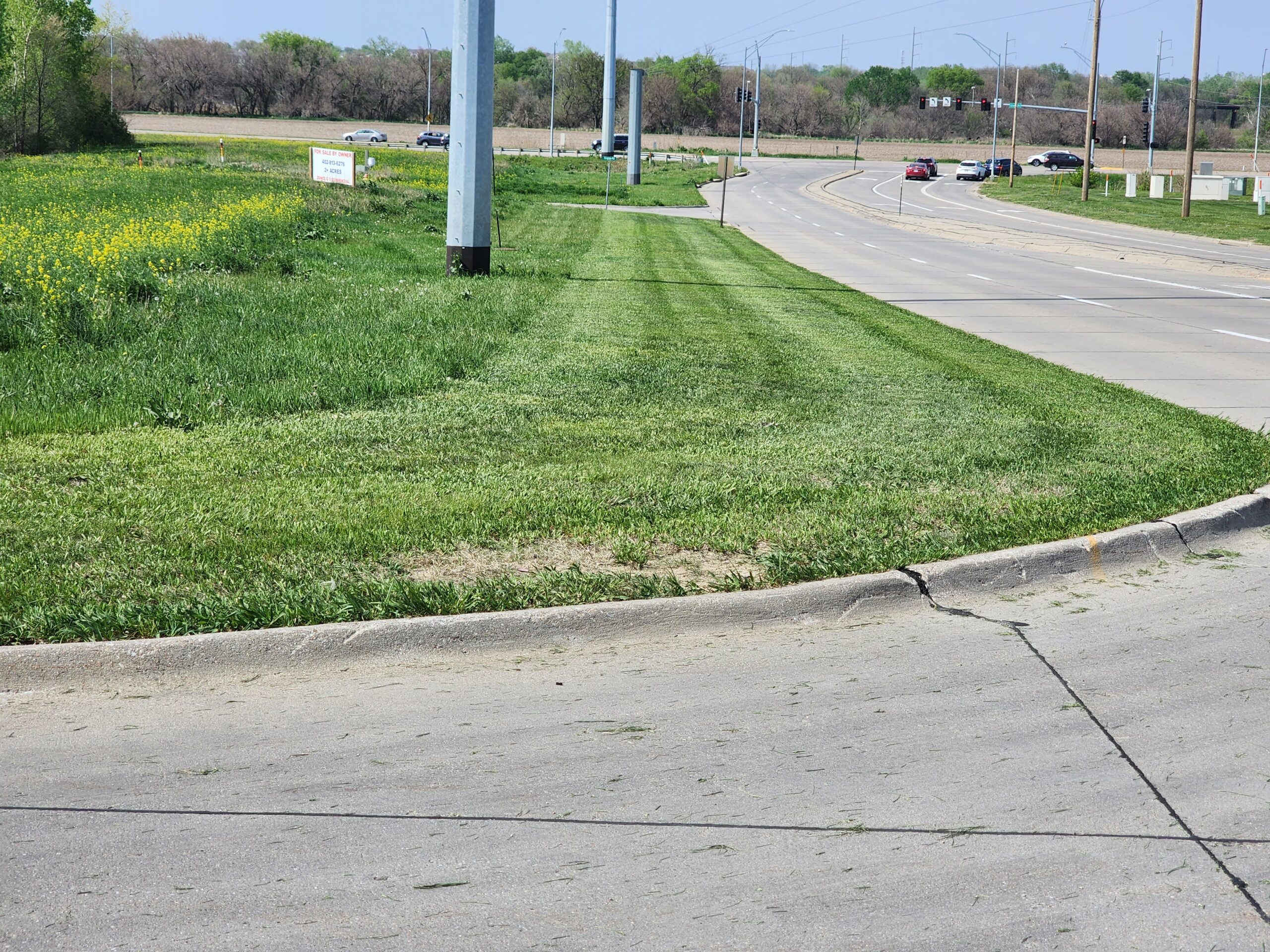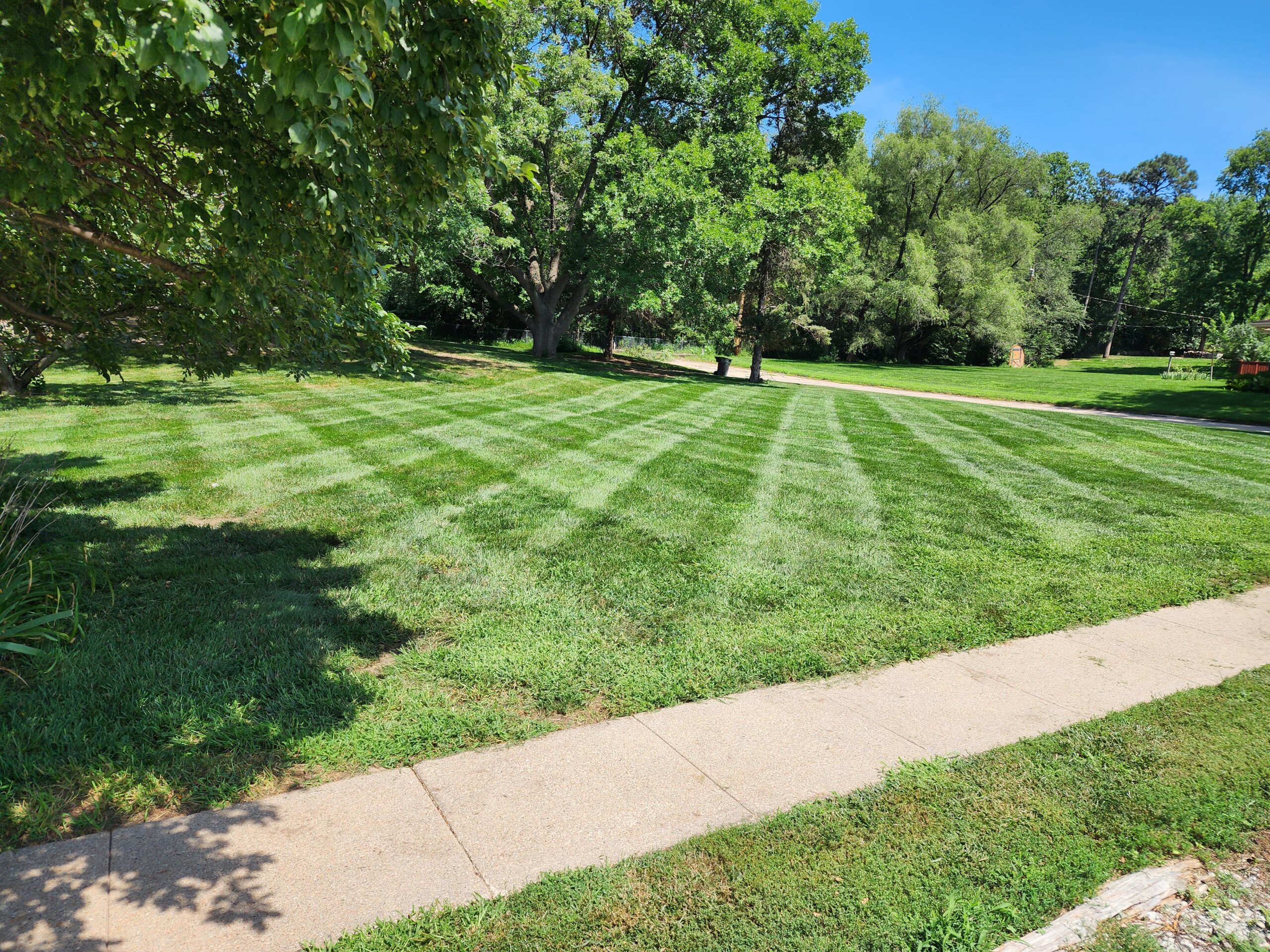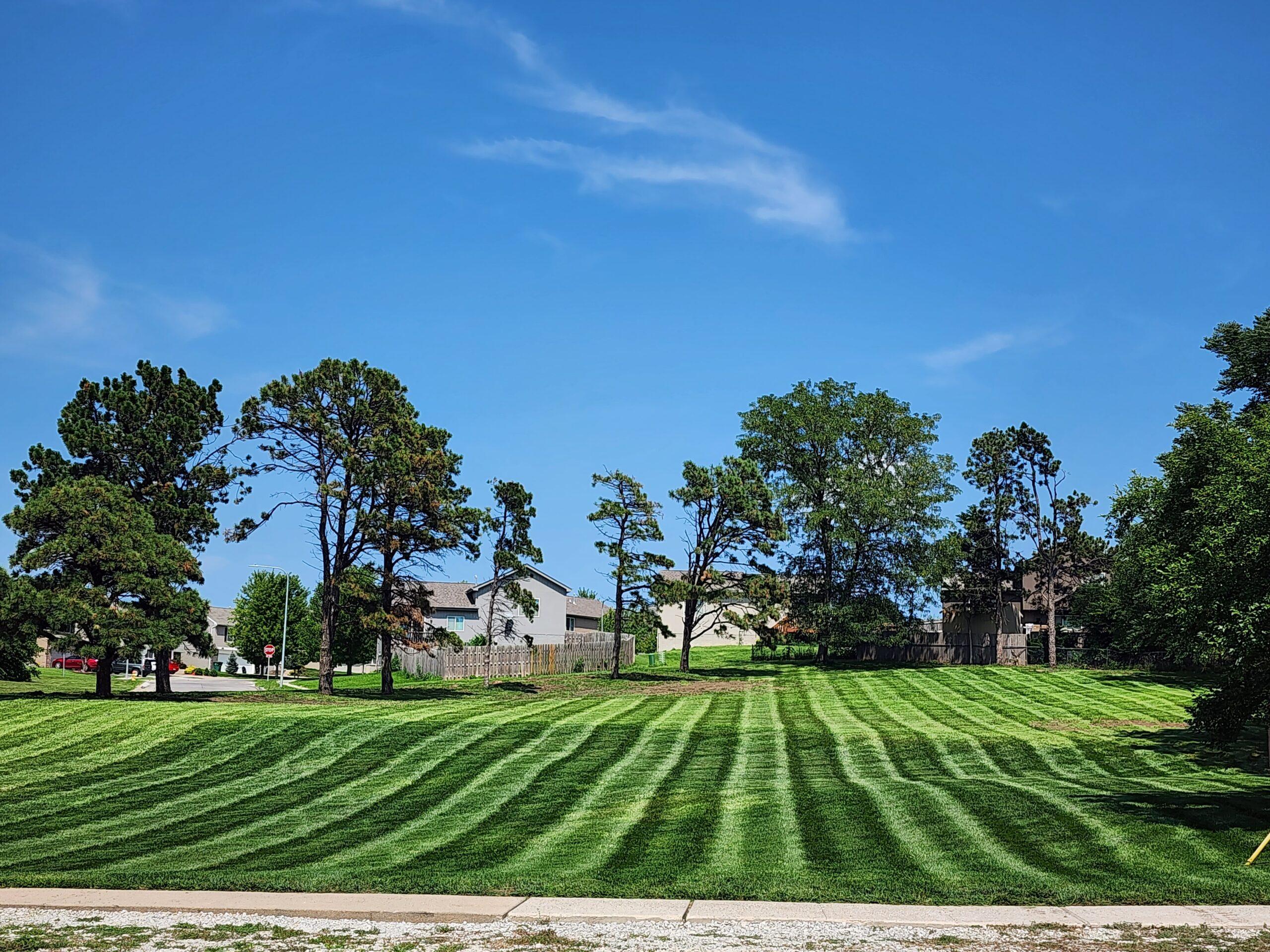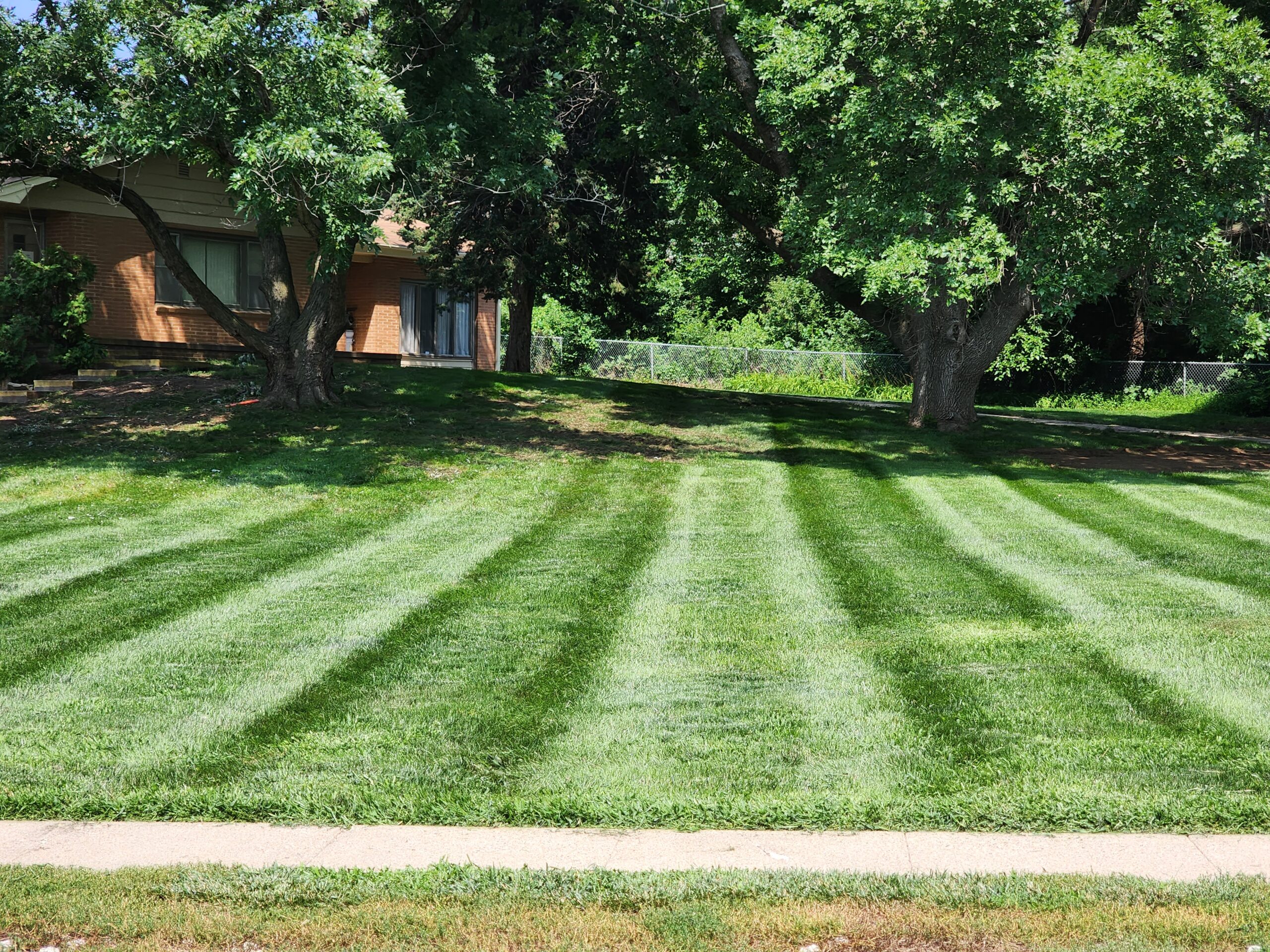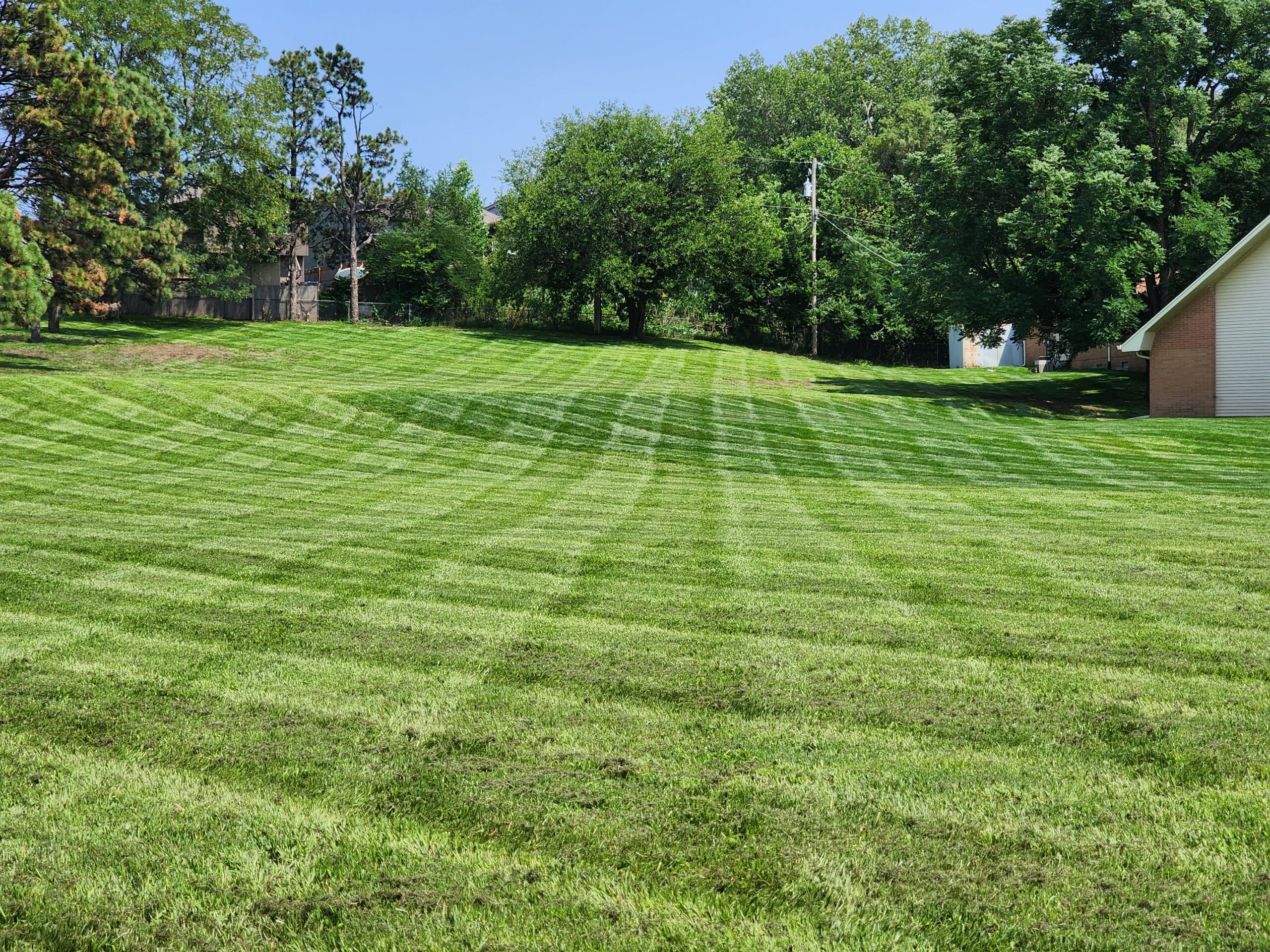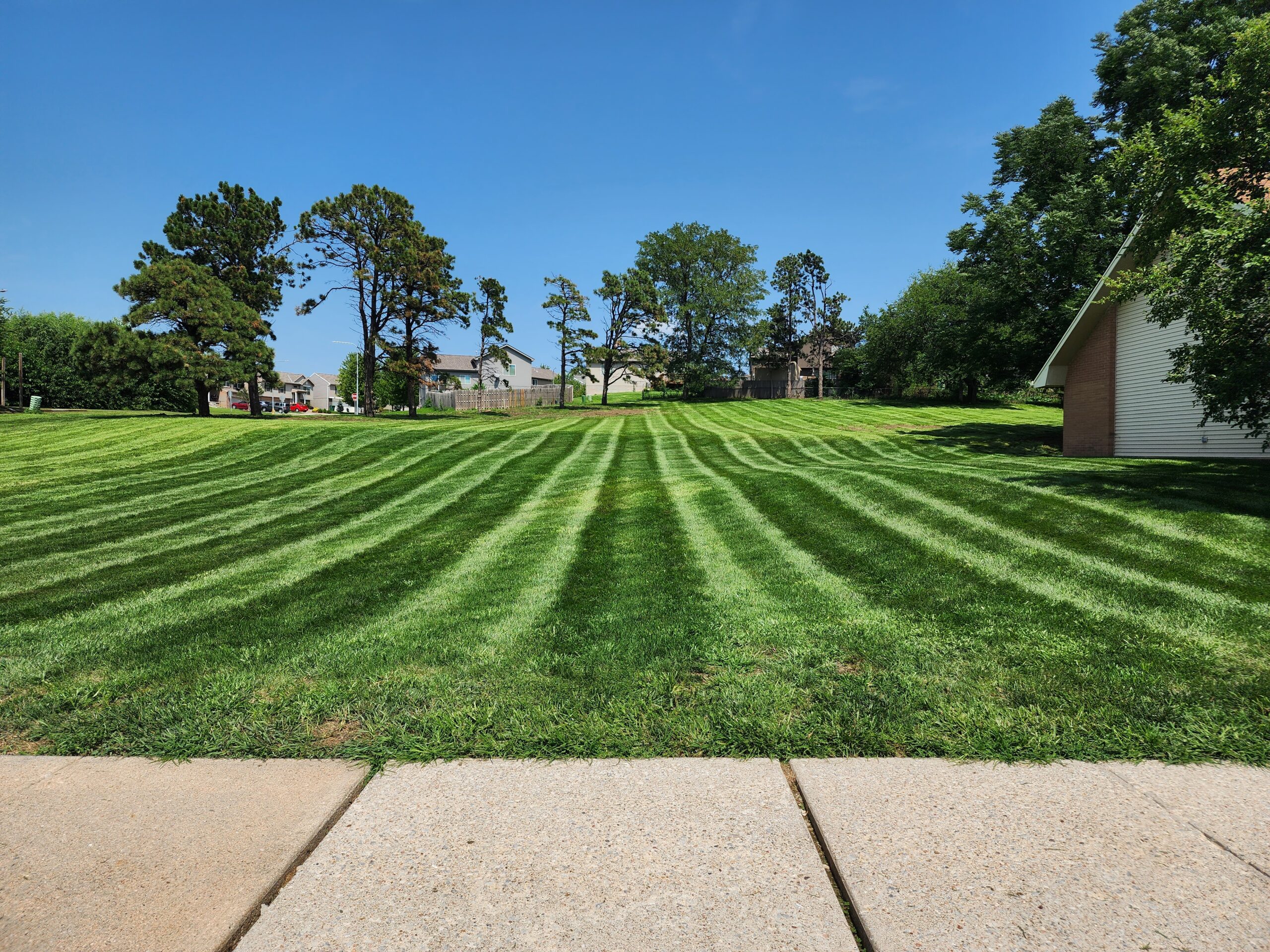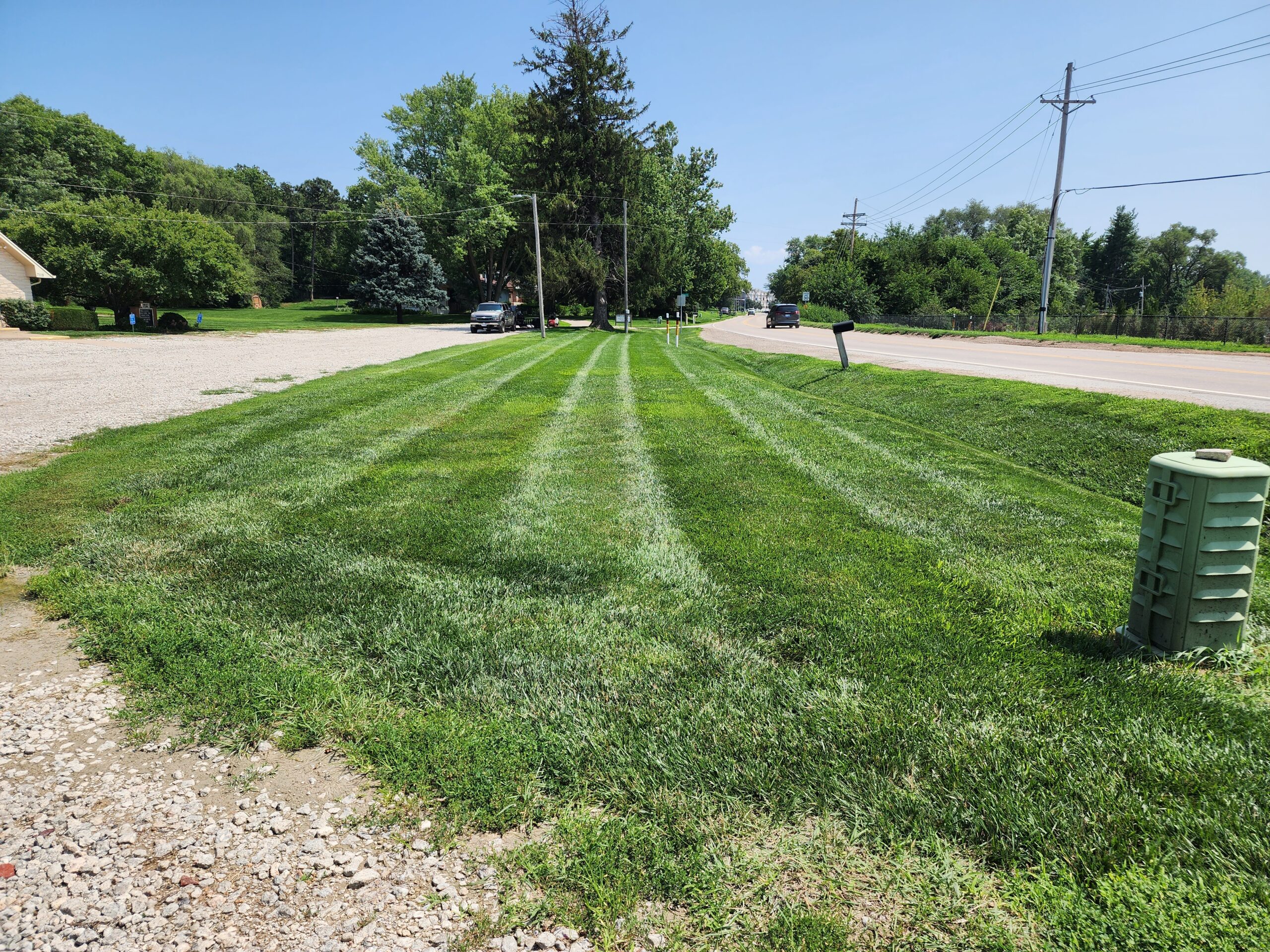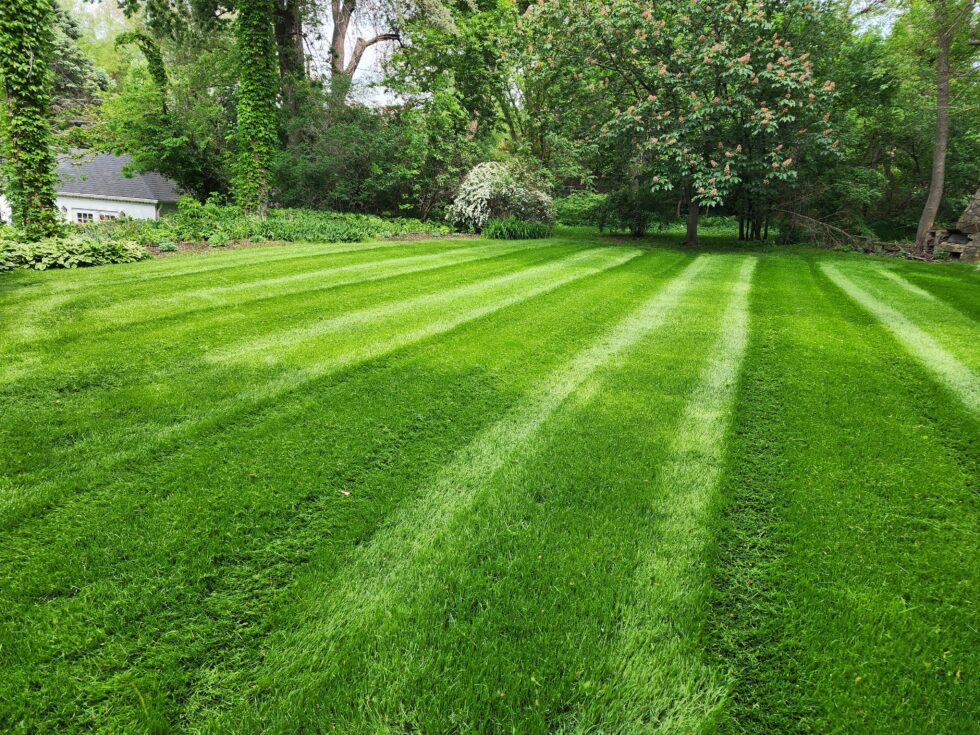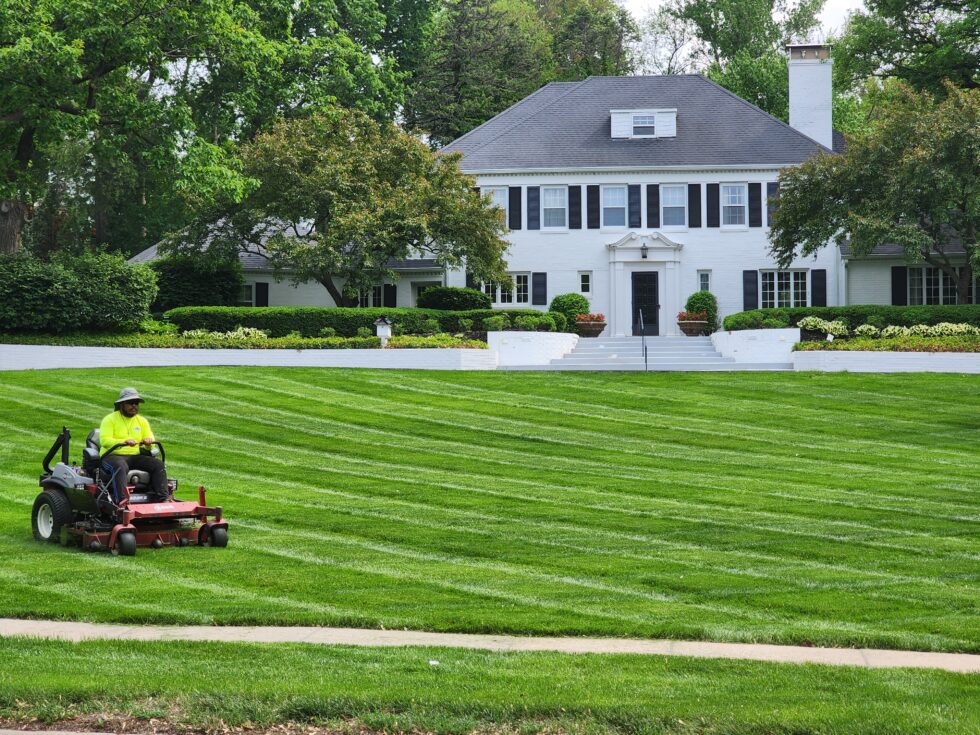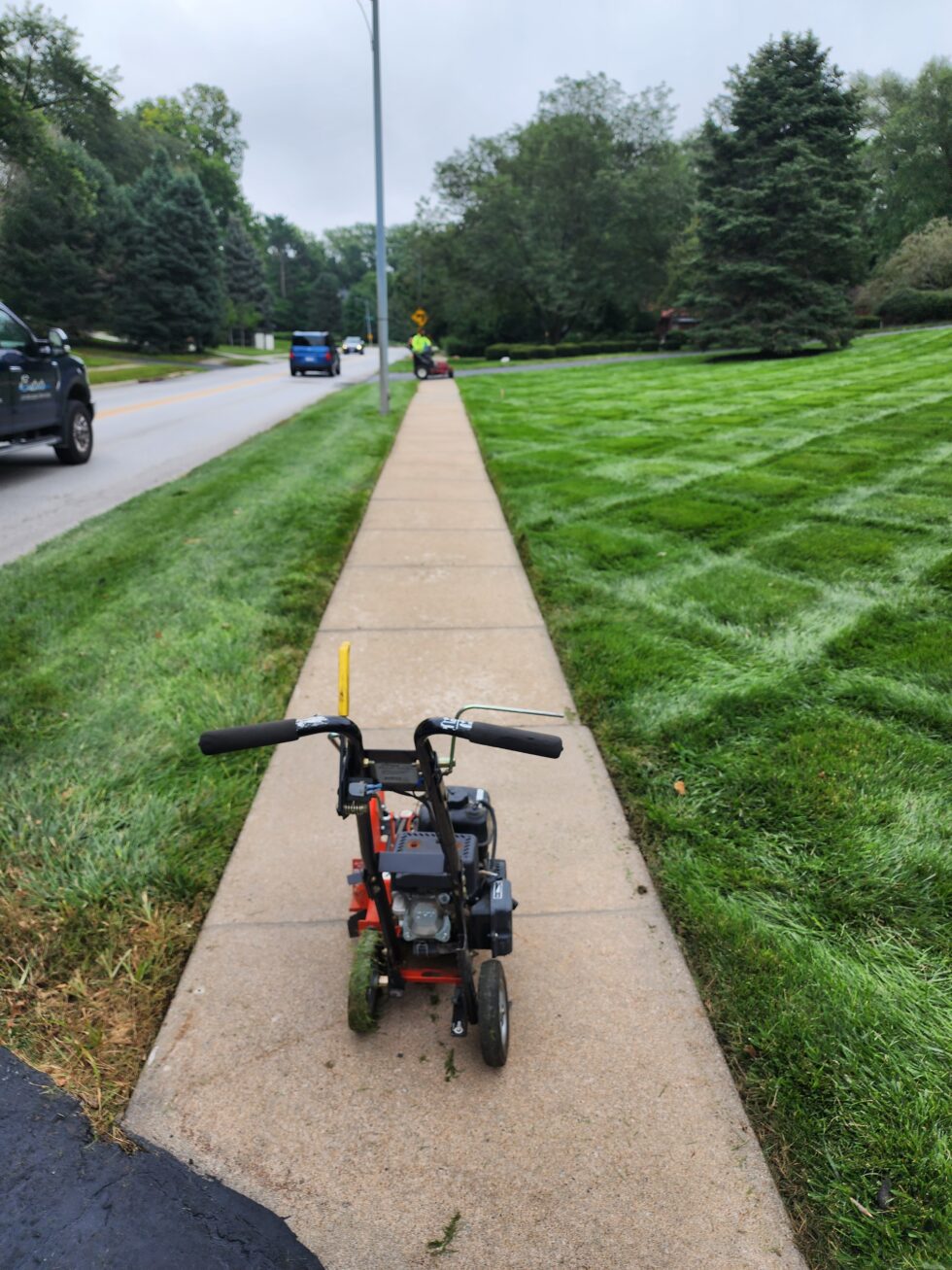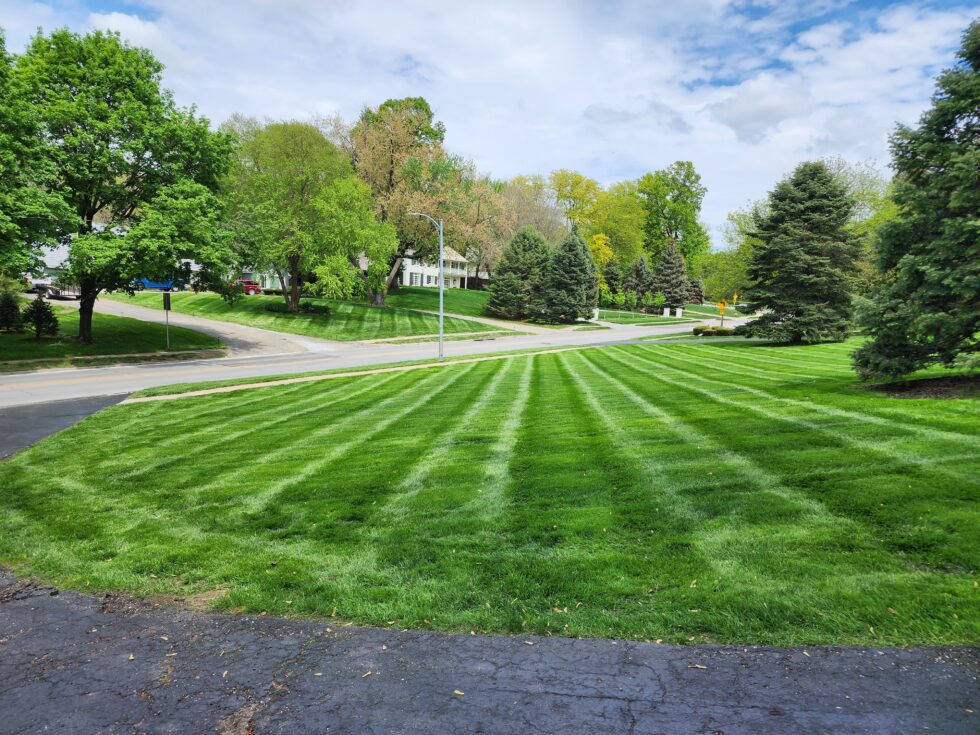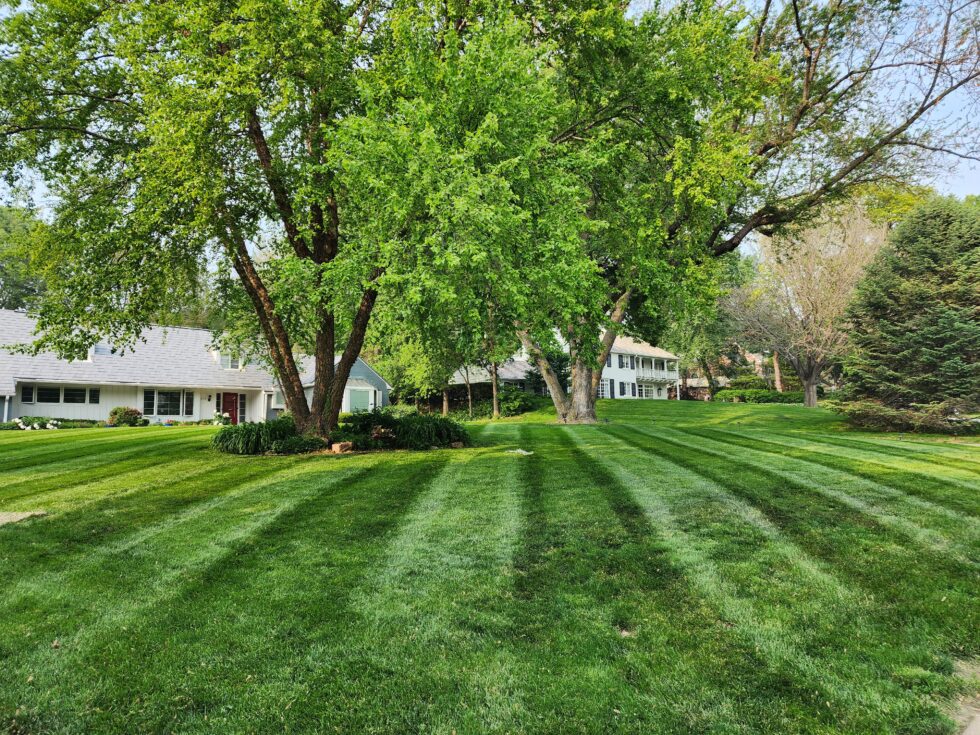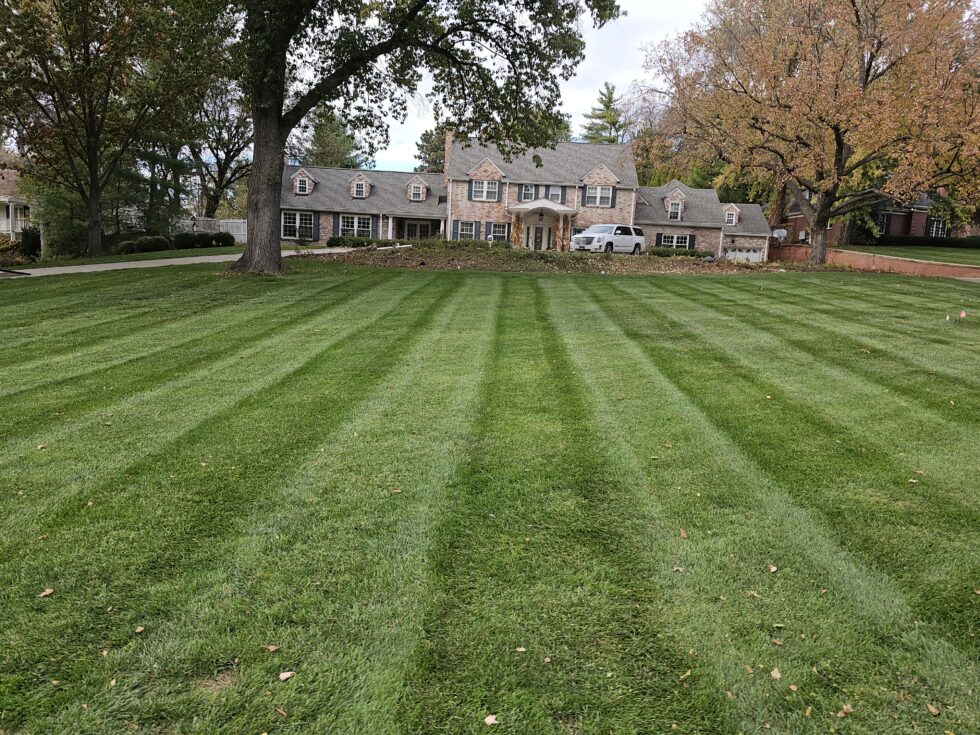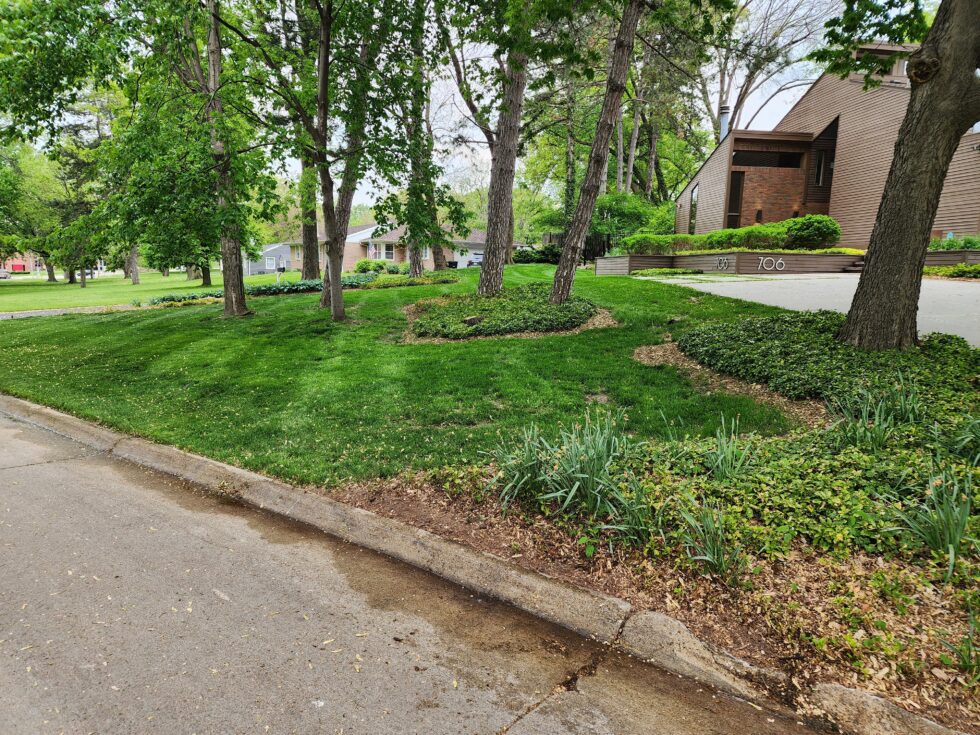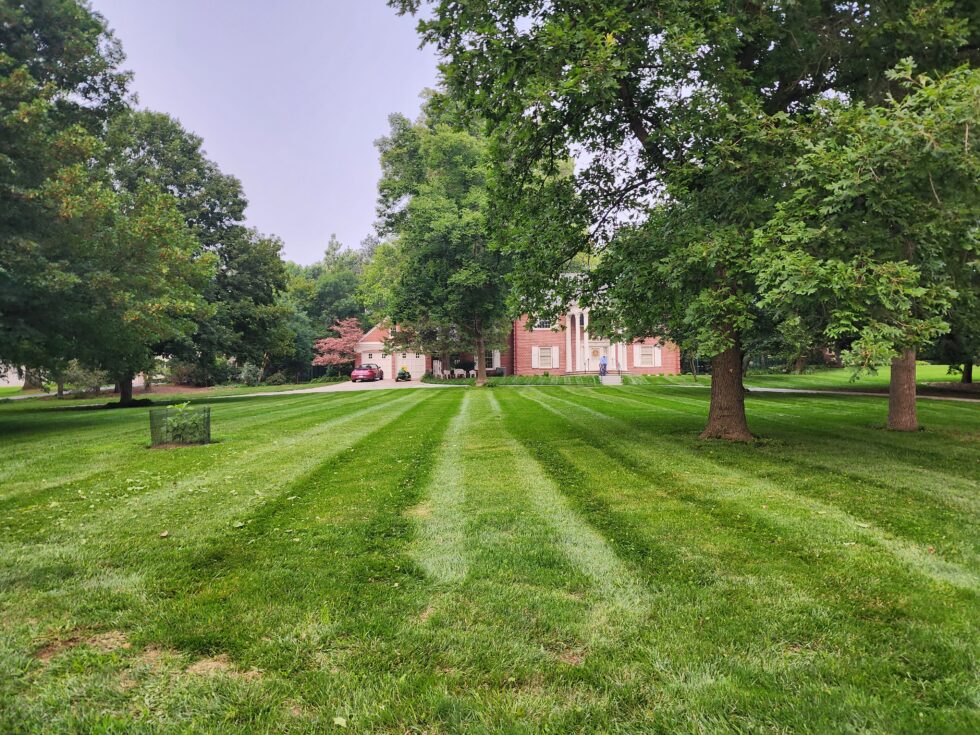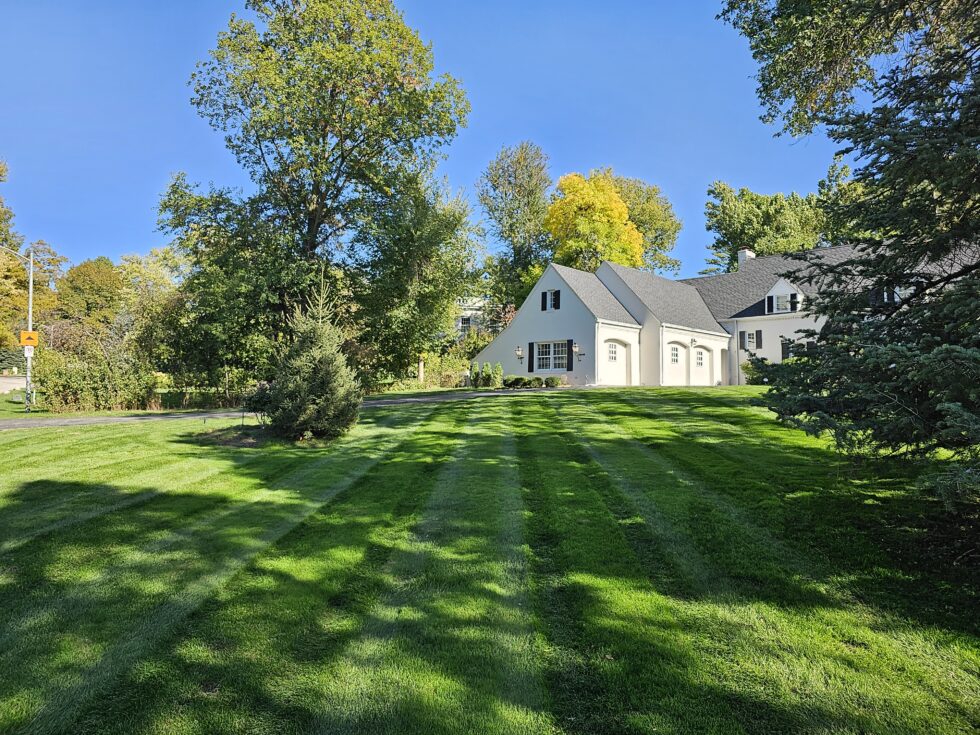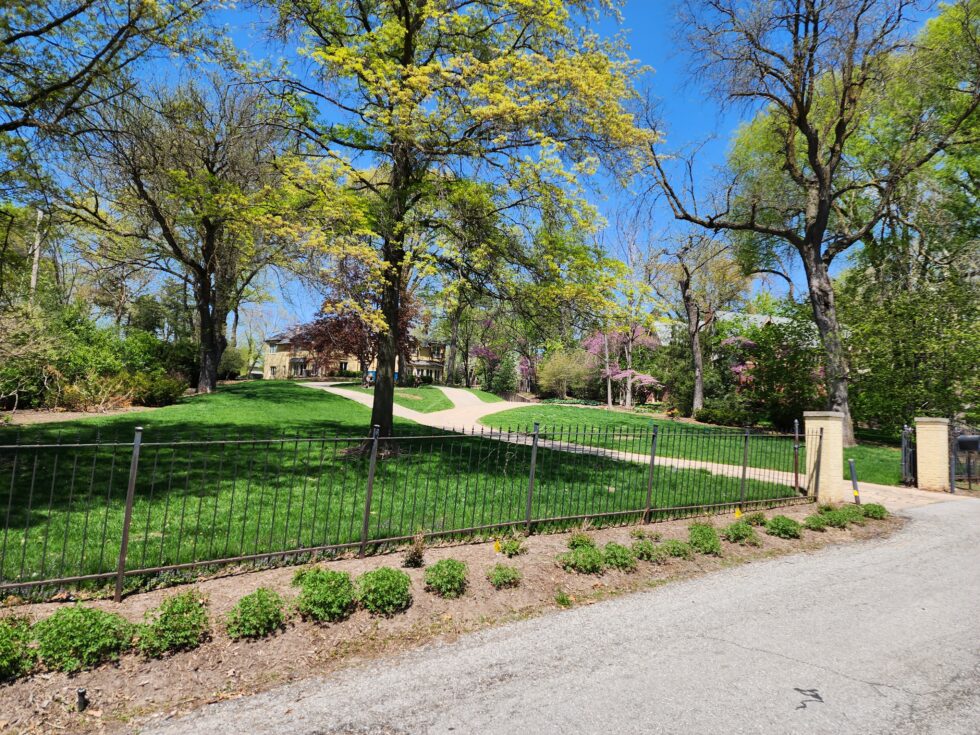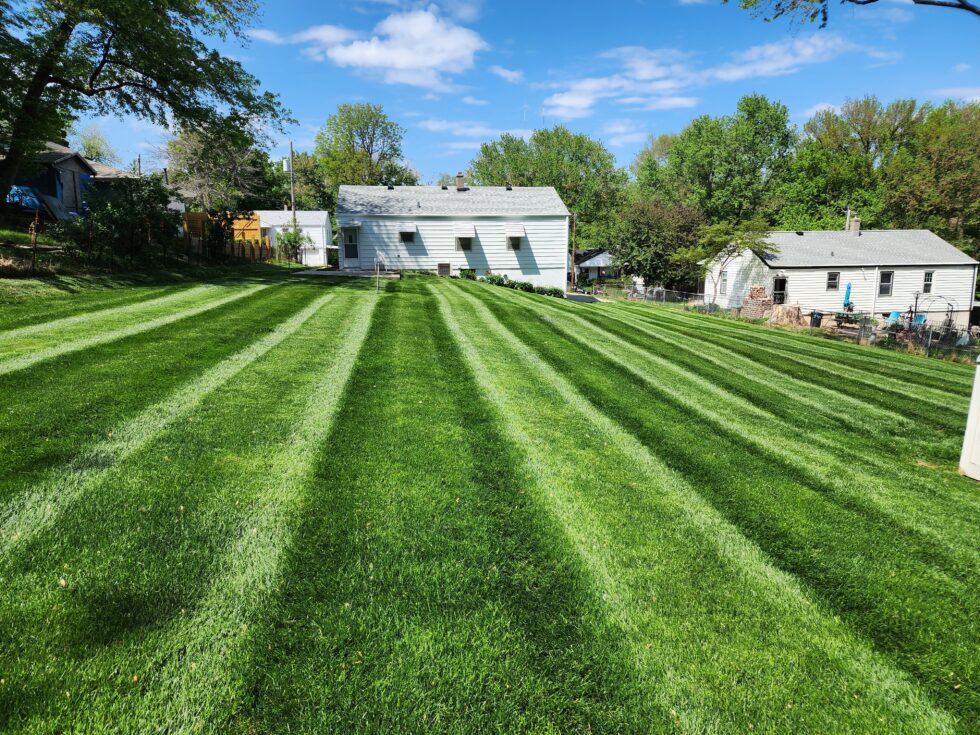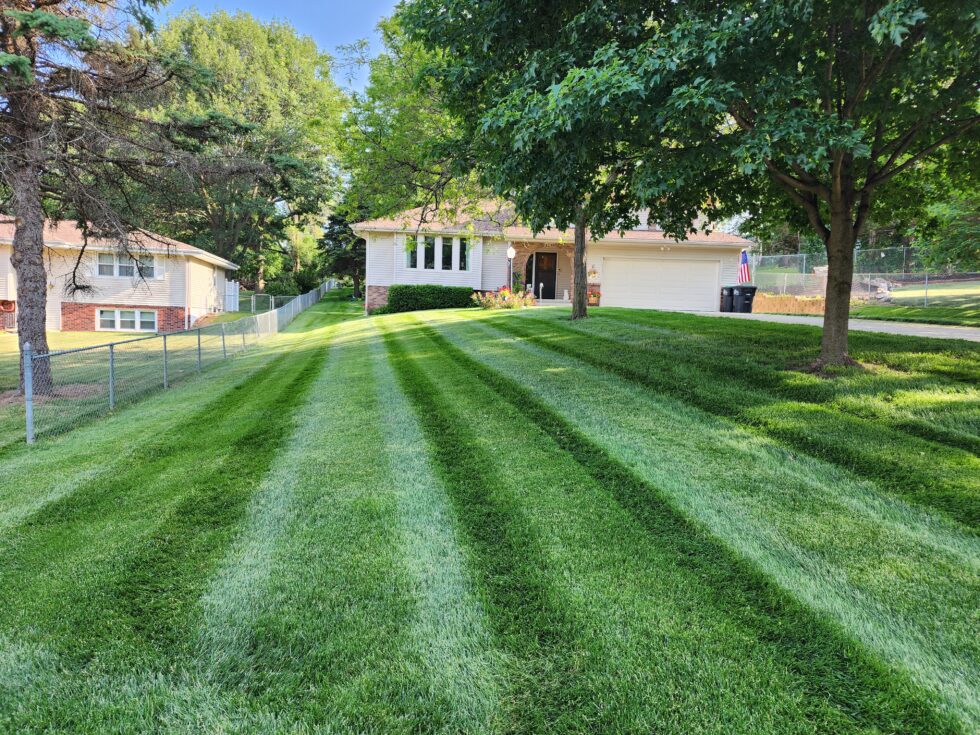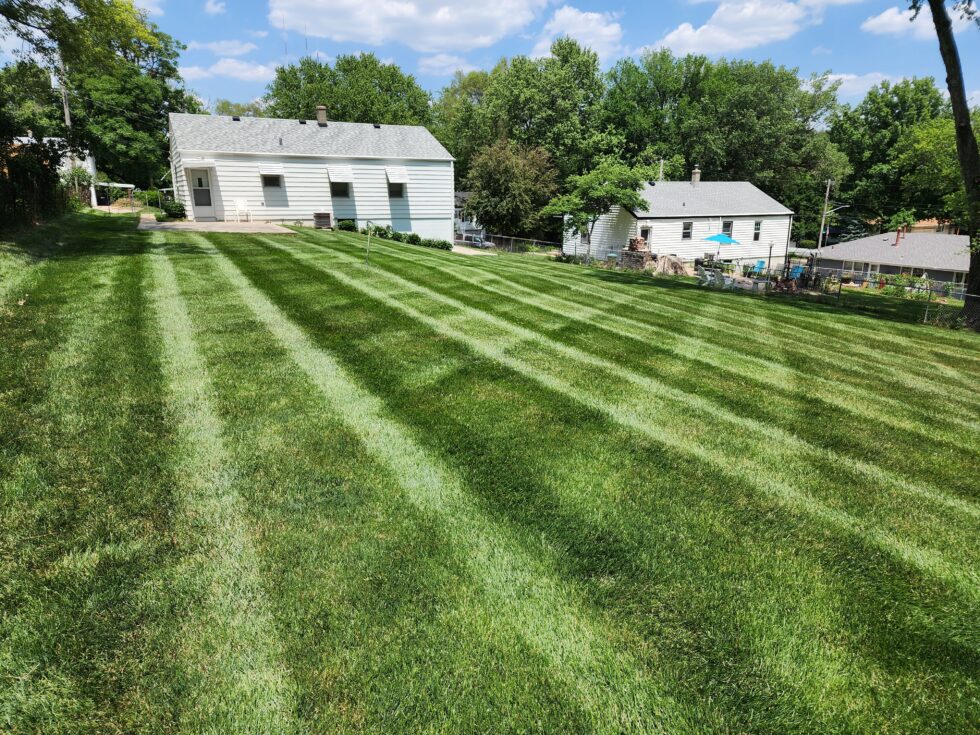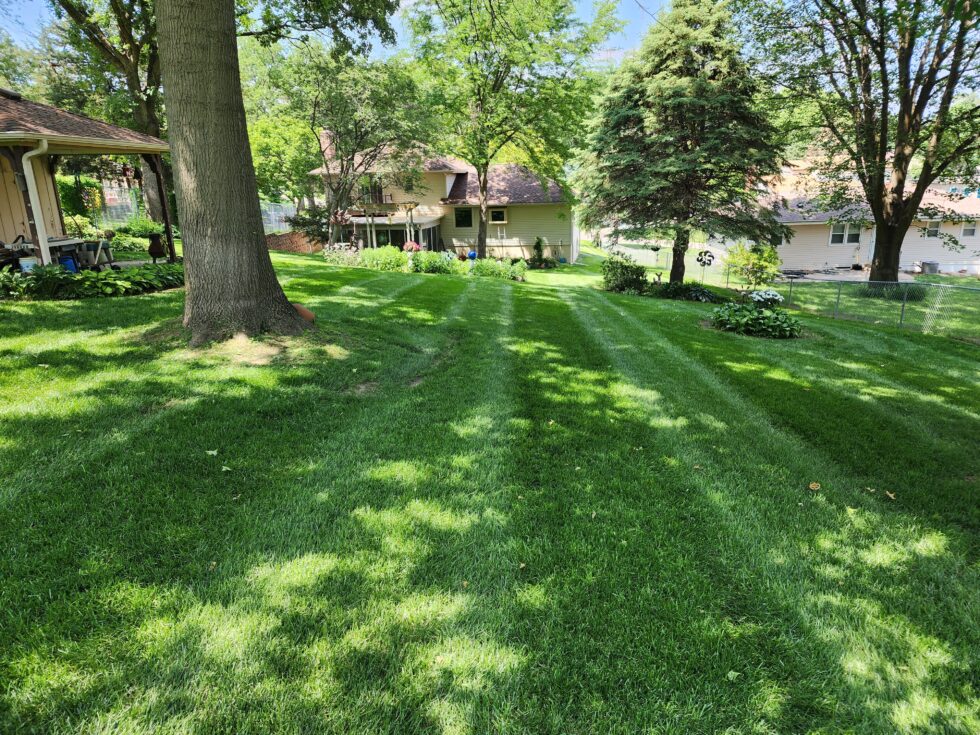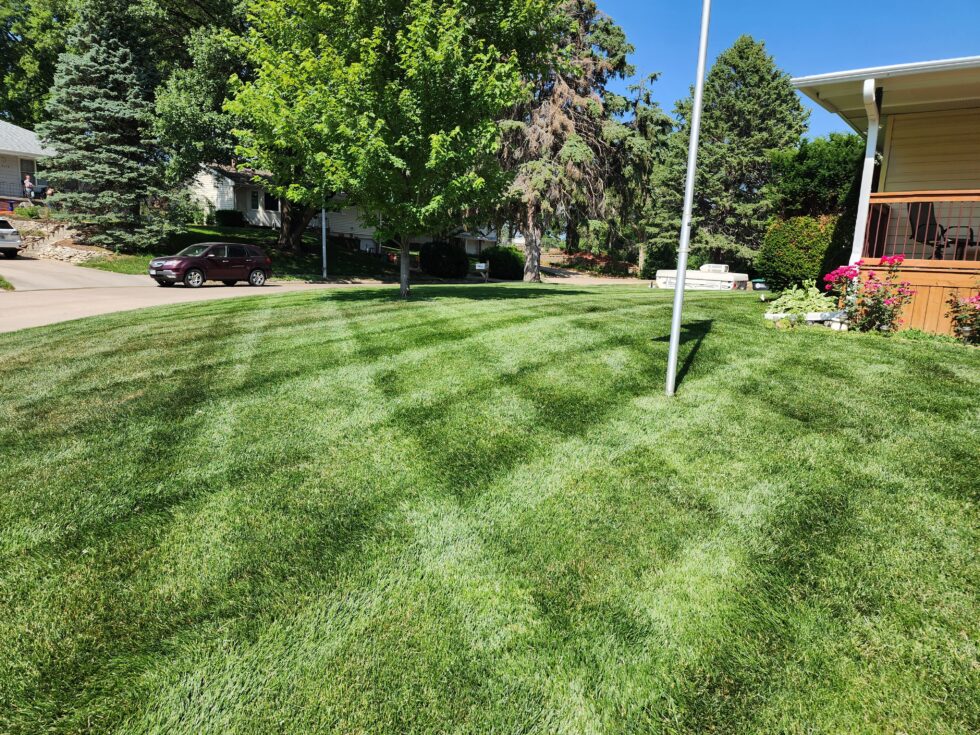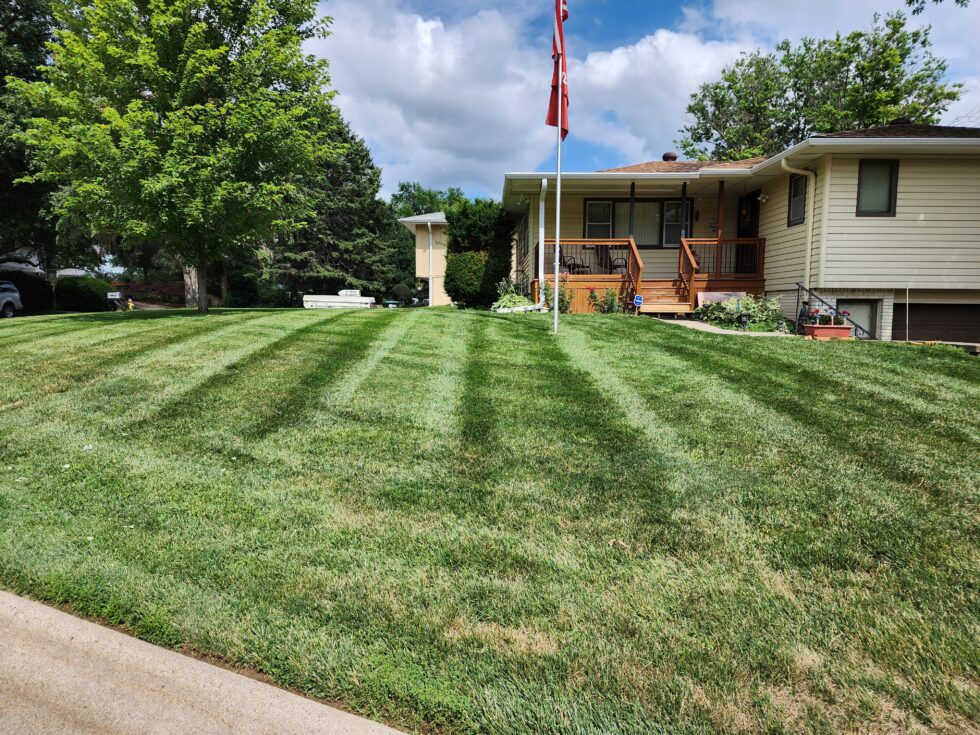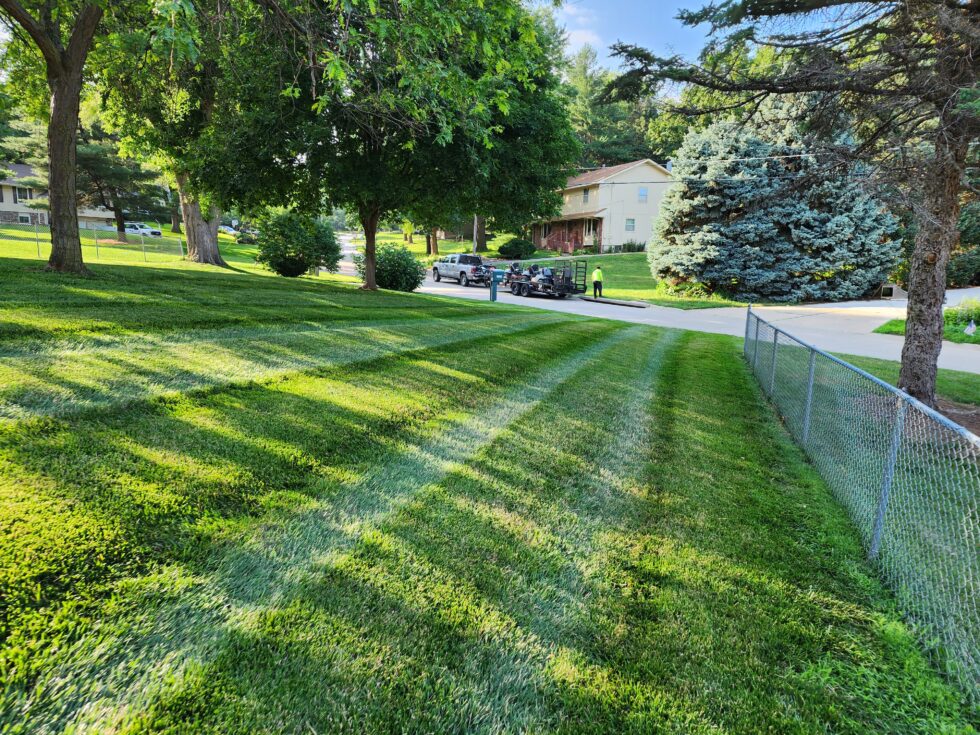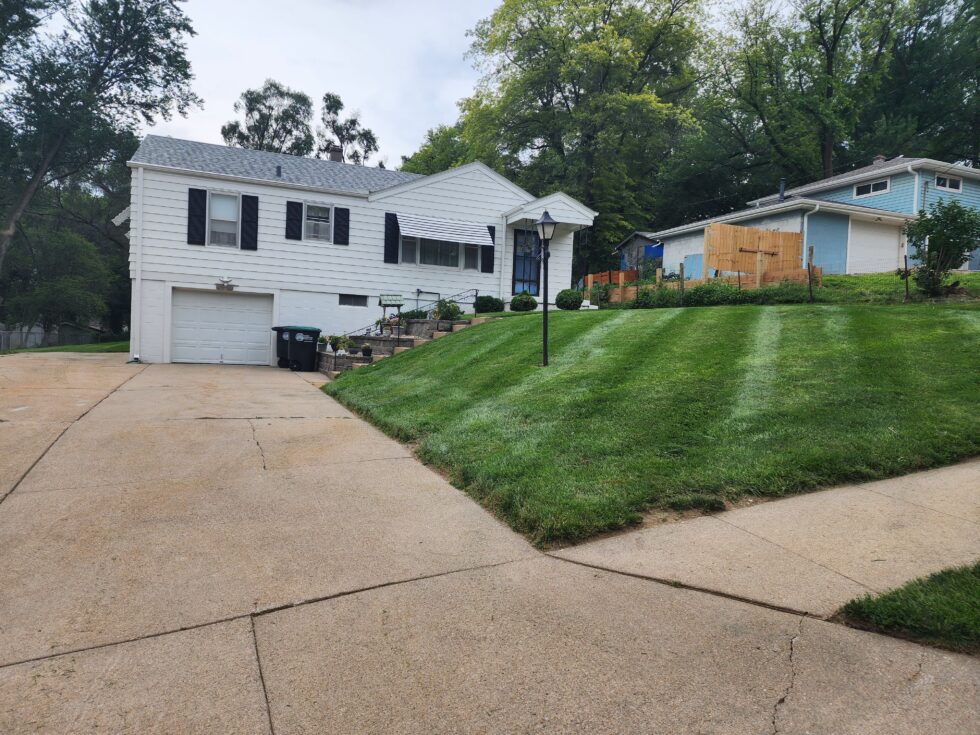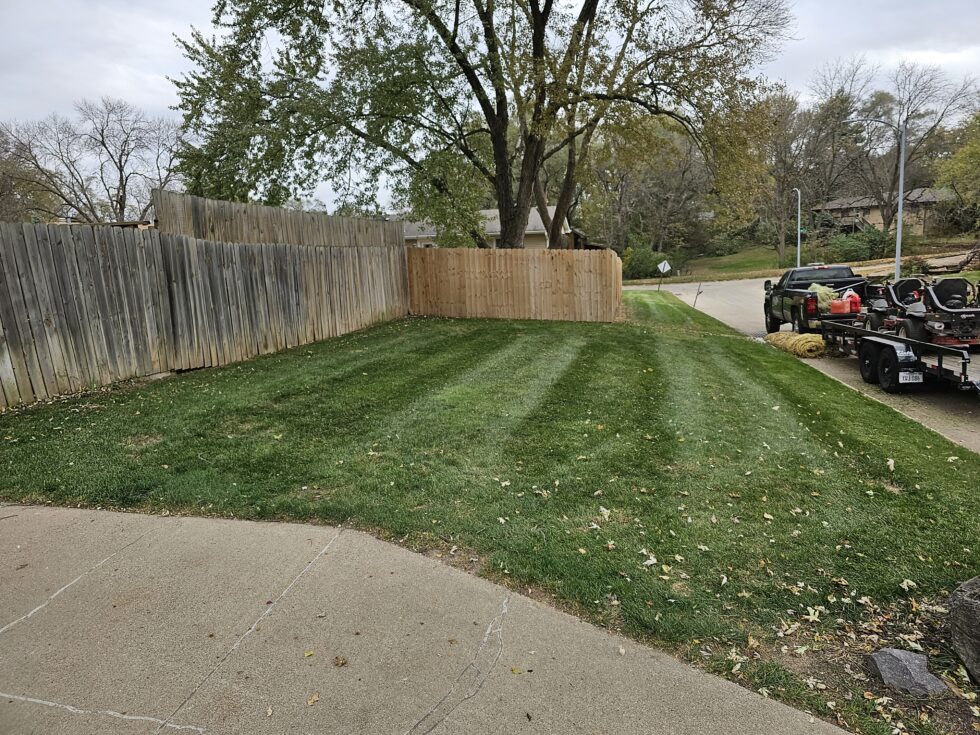Crabgrass is a stubborn and invasive weed that thrives in poor soil conditions and quickly takes over lawns if not properly managed, making it a frustrating challenge for many homeowners. Its rapid growth and ability to outcompete grass in thin or bare areas can leave your lawn looking patchy and unkempt. However, with a proactive approach that includes timely prevention, proper lawn care, and consistent maintenance, you can effectively eliminate crabgrass and keep it from returning. From applying pre-emergent herbicides in early spring to fostering a thick, healthy lawn through proper mowing, watering, and fertilization practices, persistence is key to achieving a lush, weed-free lawn you’ll love.
Crabgrass is a pesky weed that can quickly overrun your lawn if left unchecked. Its fast-growing nature and ability to thrive in poor conditions make it a persistent problem for many homeowners. Fortunately, with the right strategy and some persistence, you can get rid of crabgrass for good.
1. Start with Prevention
The best way to combat crabgrass is to prevent it from sprouting in the first place. Apply a pre-emergent herbicide in early spring, before soil temperatures reach 55°F (the temperature at which crabgrass seeds begin to germinate). Timing is critical, so keep an eye on your local weather conditions.
2. Mow Smart
Crabgrass thrives in lawns that are mowed too short. Set your mower blades higher to encourage thick, healthy grass that shades the soil, making it harder for crabgrass to grow. A height of 3-4 inches is ideal for most grass types.
3. Water Wisely
Crabgrass loves dry, compacted soil. Water your lawn deeply but infrequently to promote strong root growth in your grass, making it better able to outcompete weeds. Aim for about 1 inch of water per week, including rainfall.
4. Pull It Out
If crabgrass has already taken hold, hand-pull it before it has a chance to flower and drop seeds. Use a weeding tool to ensure you remove the entire root system.
5. Repair Bare Spots
Bare or thin patches in your lawn are prime real estate for crabgrass. Reseed or overseed these areas with grass seed to create a dense, healthy lawn that resists weed invasion.
6. Fertilize Regularly
A well-fed lawn is a strong lawn. Apply a balanced fertilizer at the recommended times for your grass type to encourage thick, lush growth.
7. Stay Persistent
Crabgrass seeds can remain dormant in the soil for years, so ongoing vigilance is key. Continue your prevention and maintenance routine each season to keep your lawn crabgrass-free.
By combining these strategies, you can take control of your lawn and enjoy a lush, green space without the constant battle against crabgrass. With patience and persistence, your lawn will become the envy of the neighborhood!
To plant a garden is to believe in tomorrow

